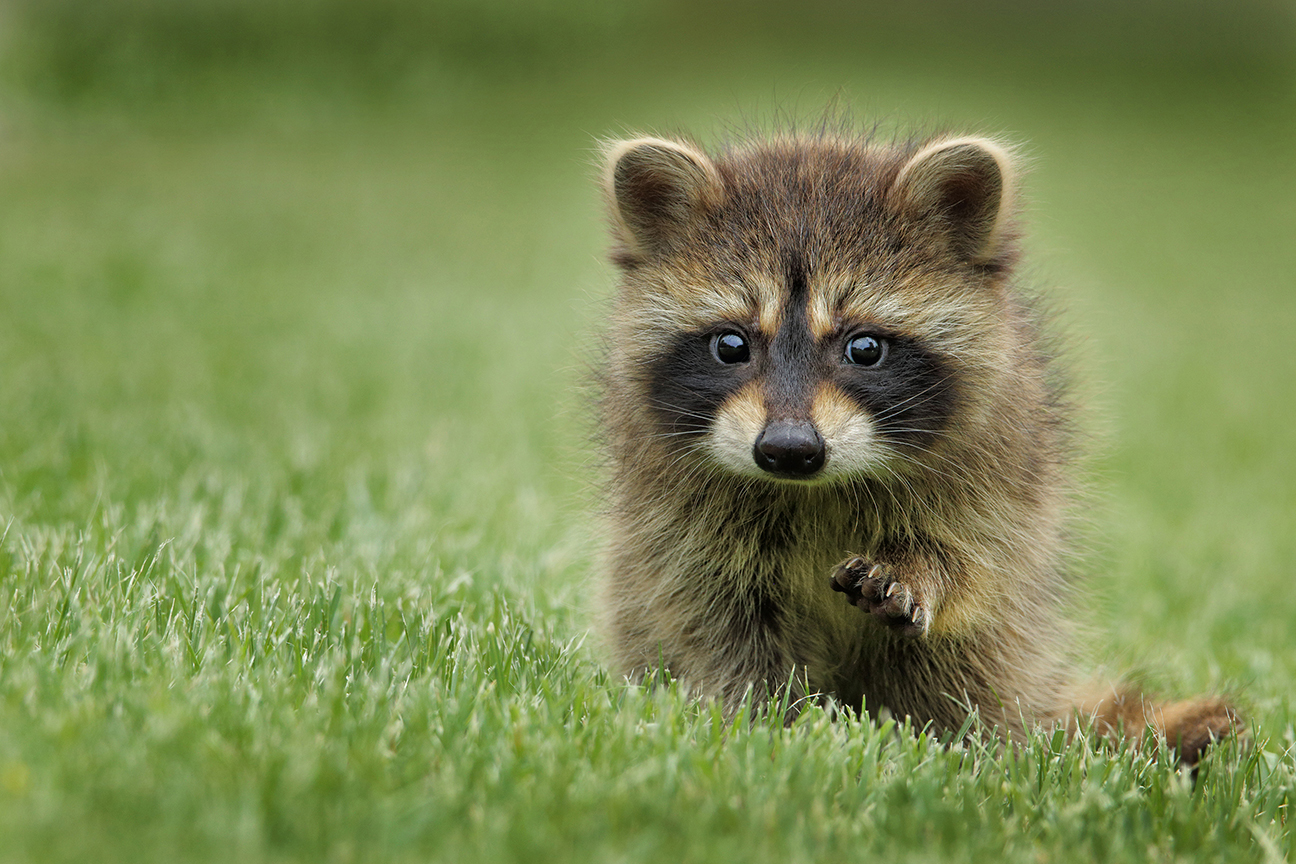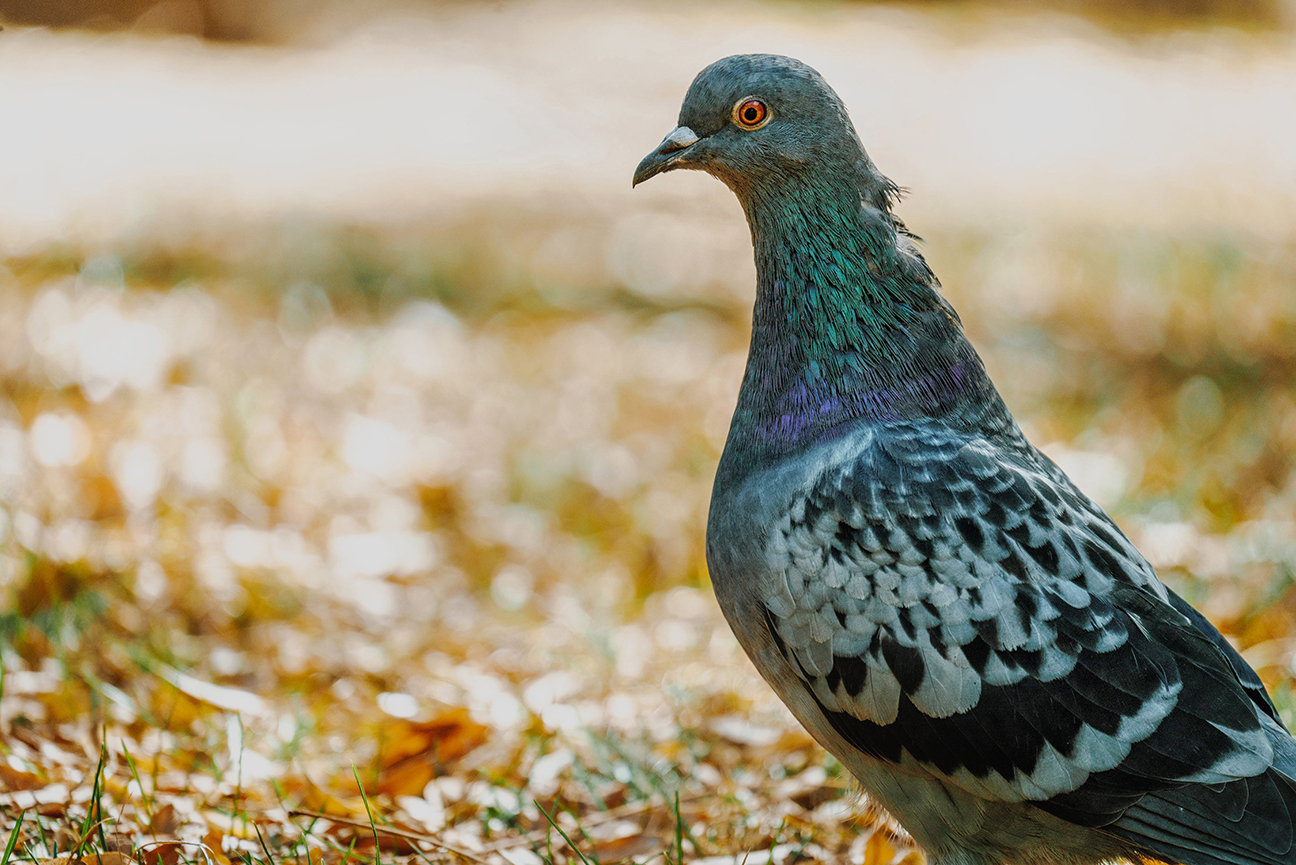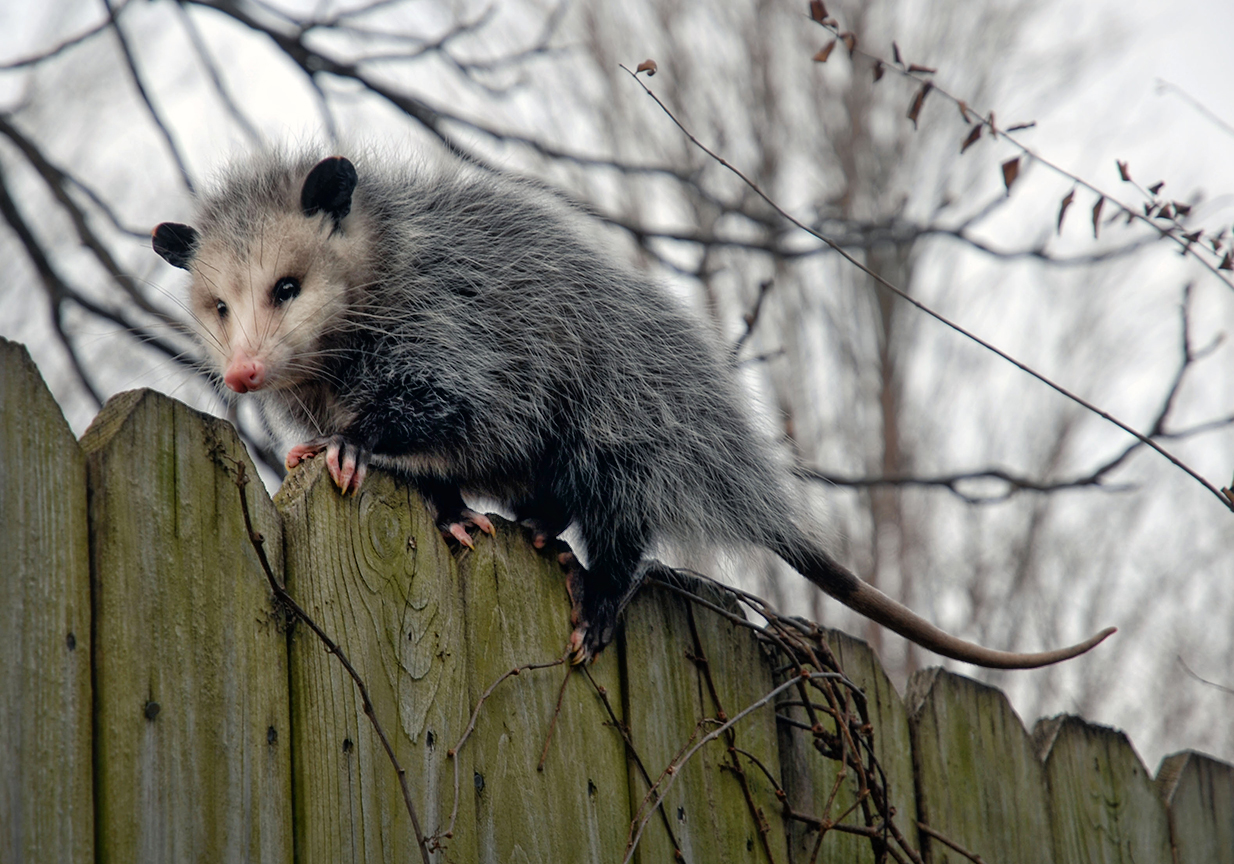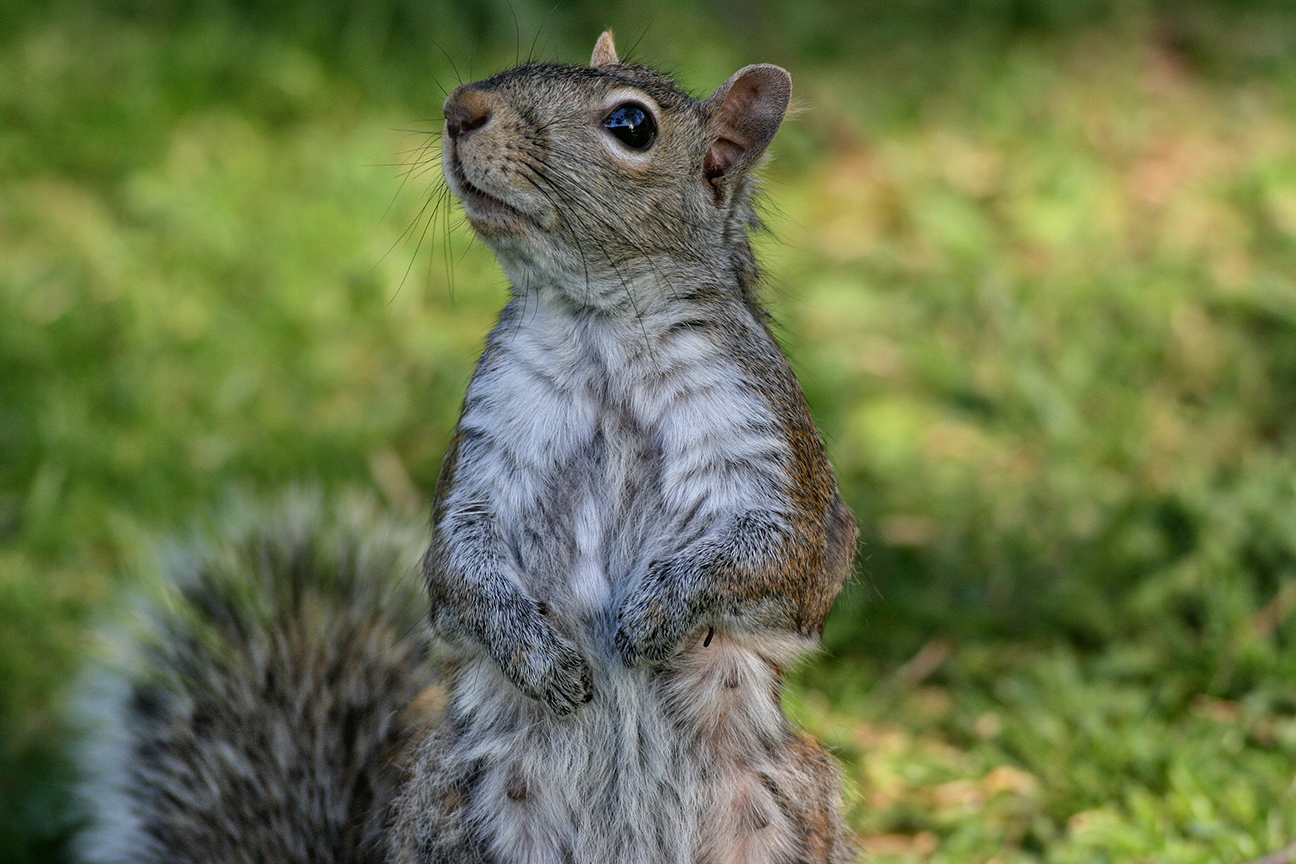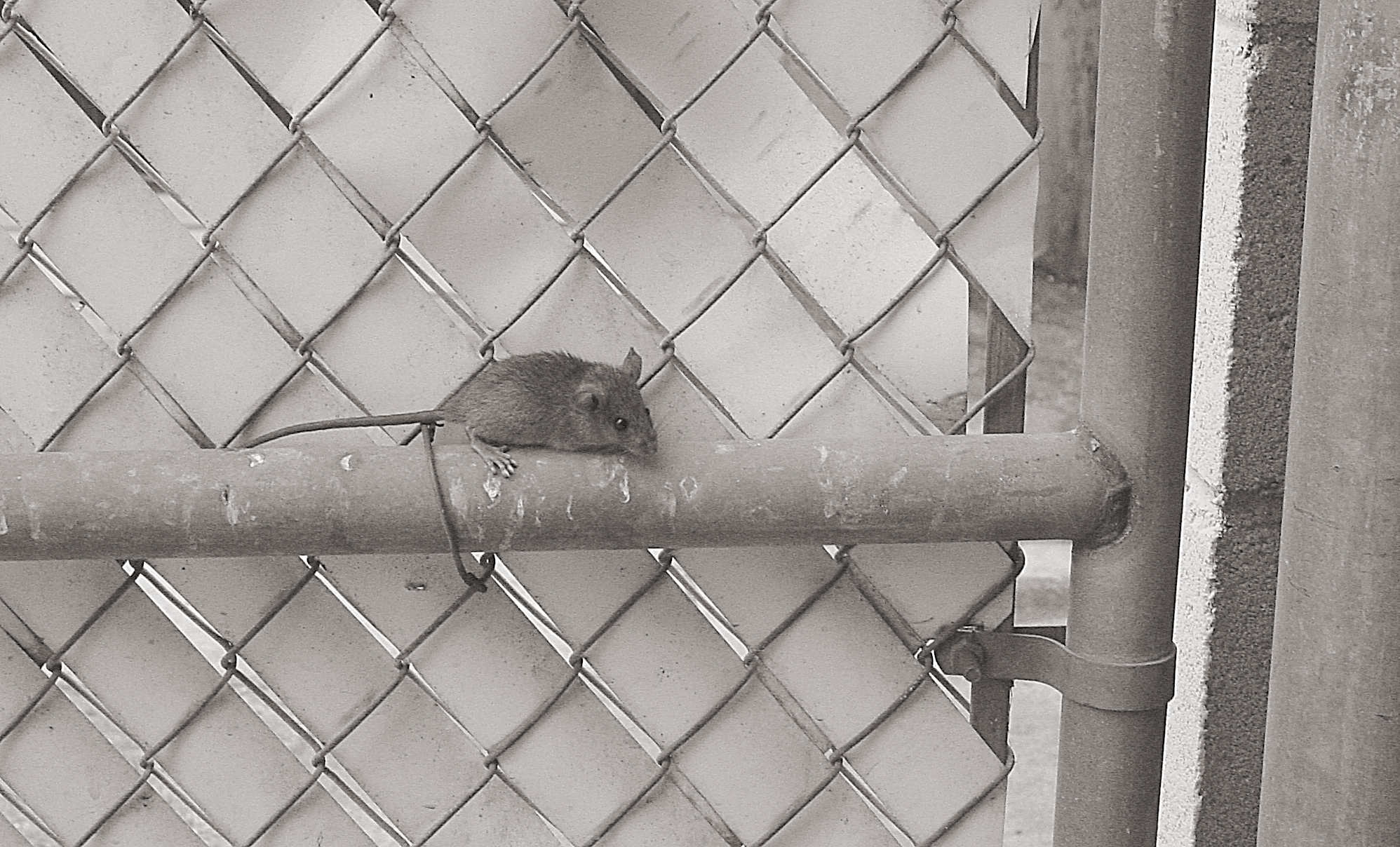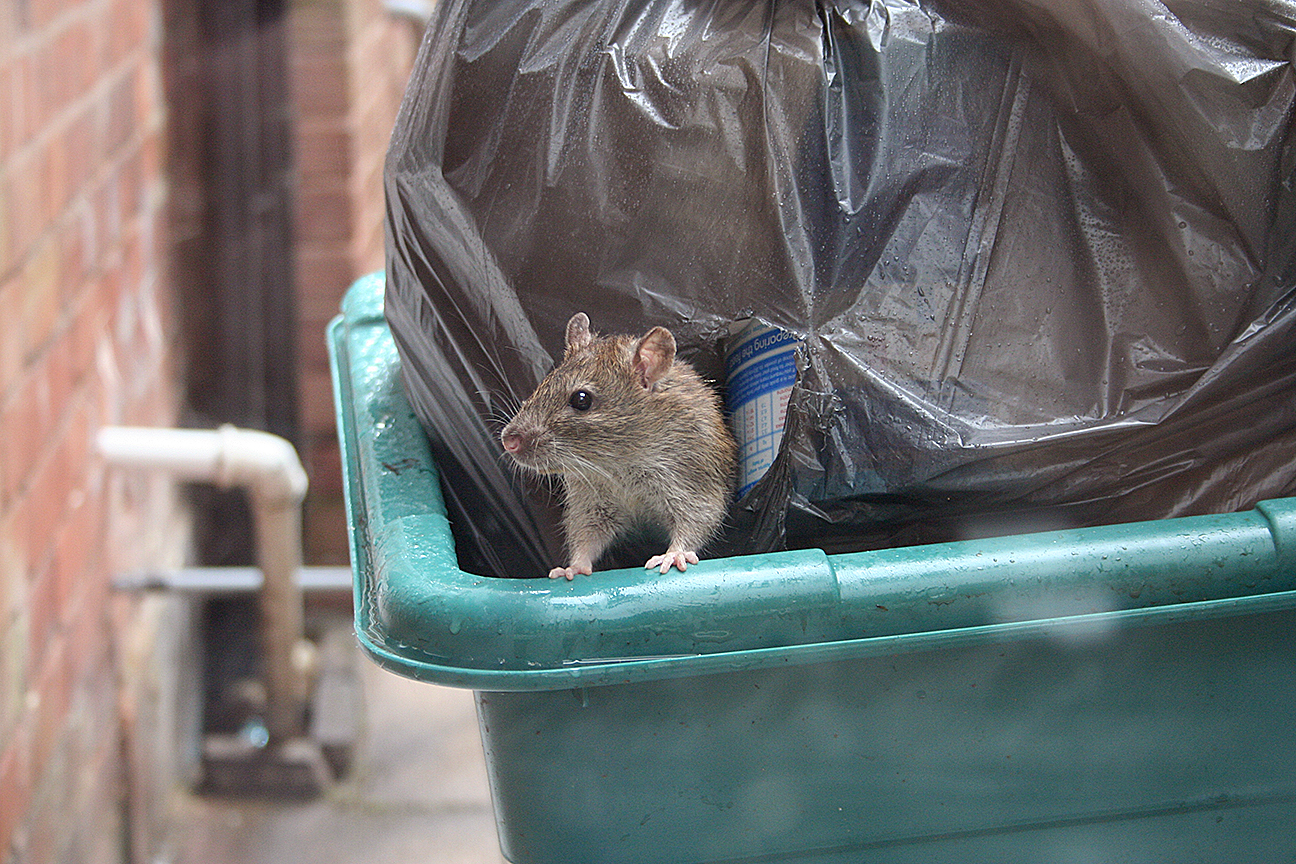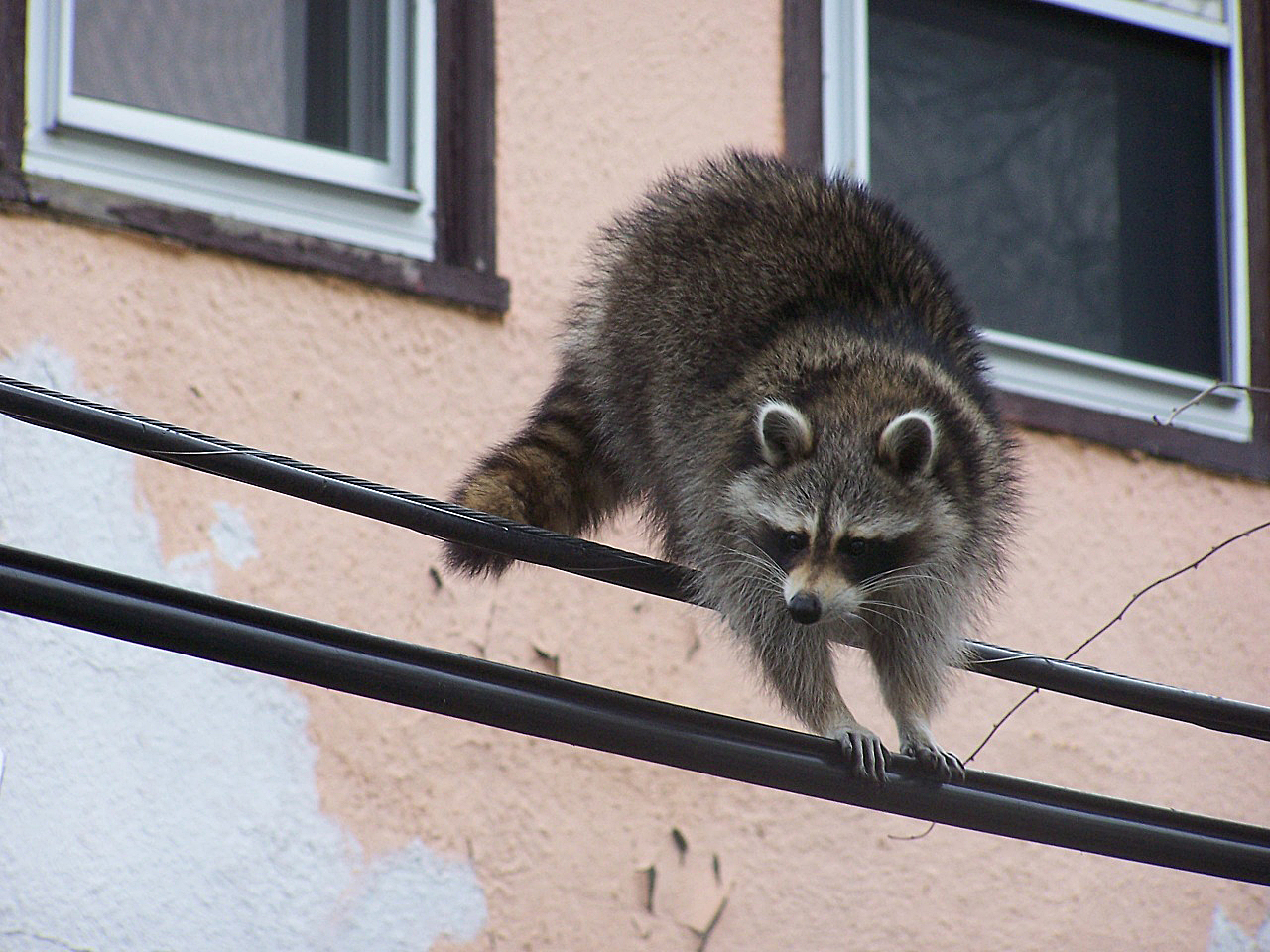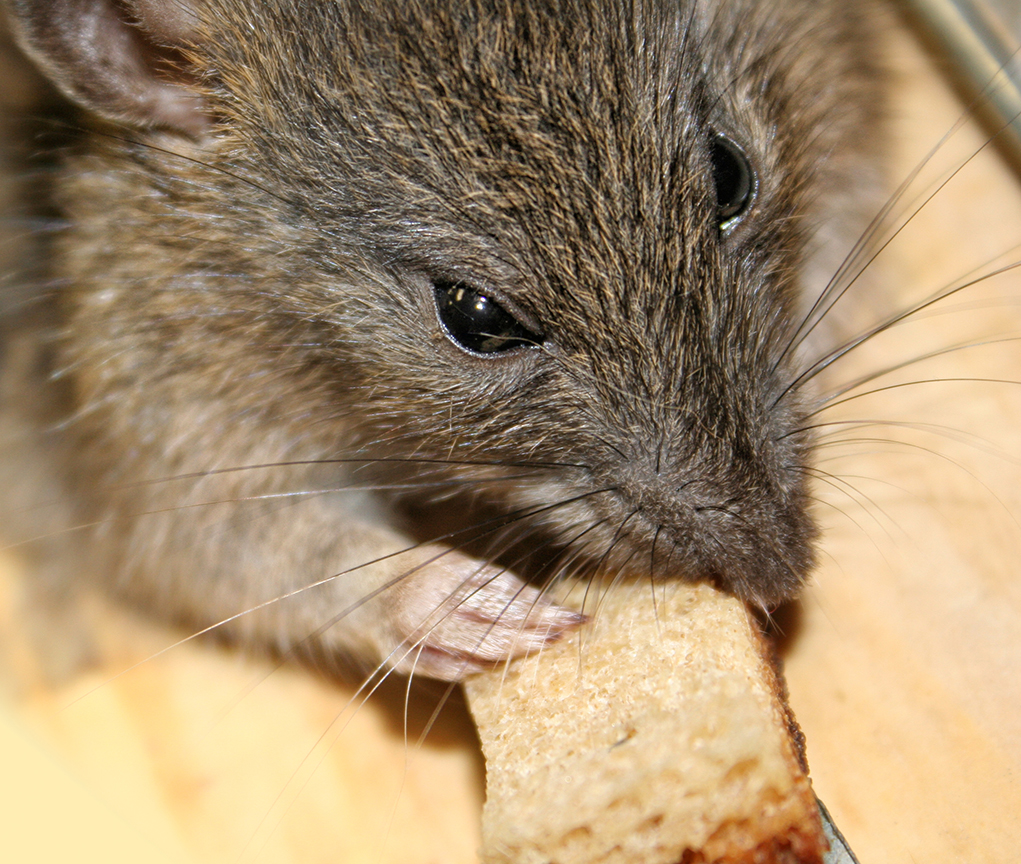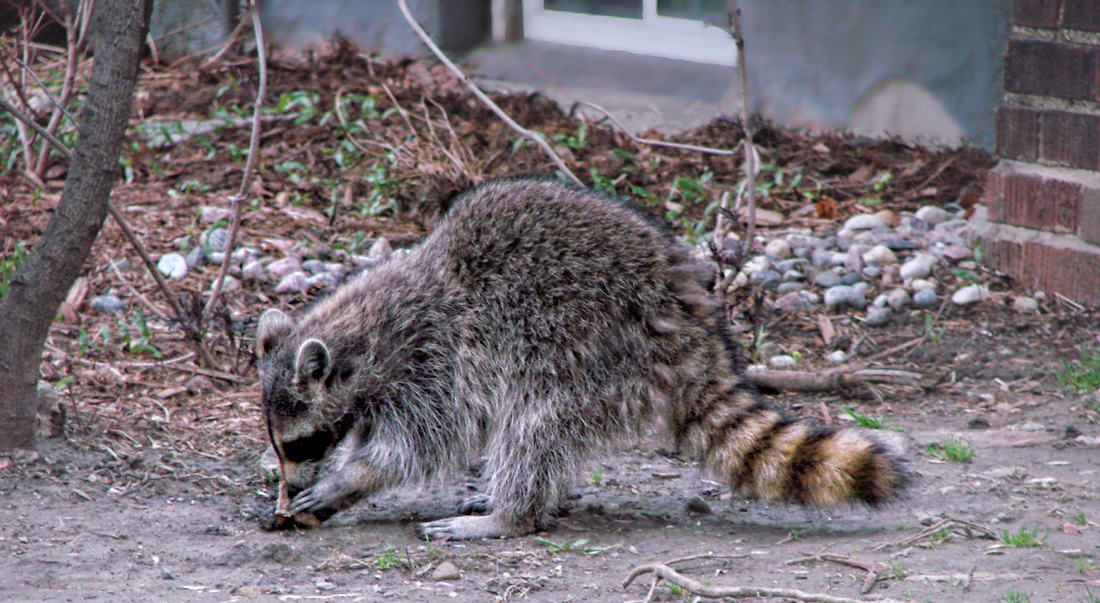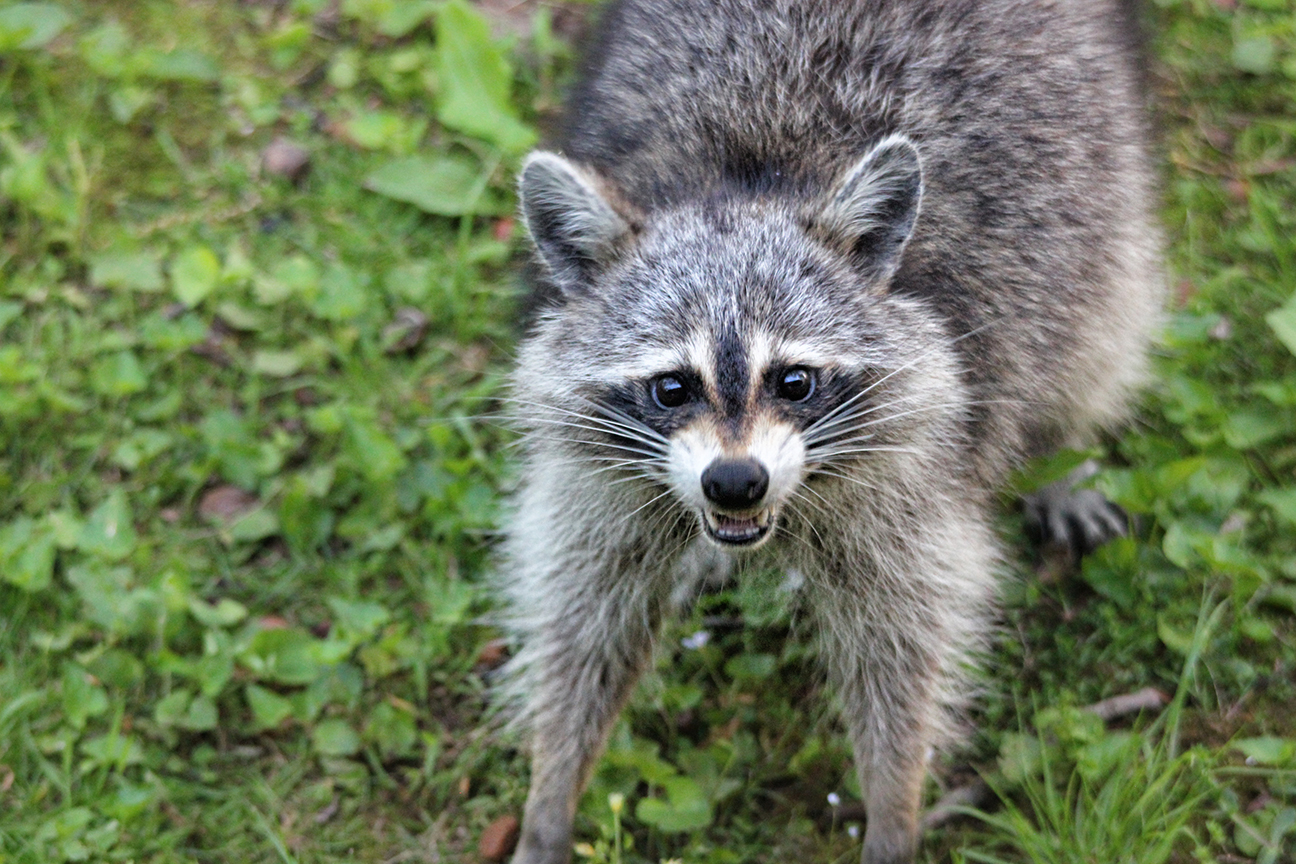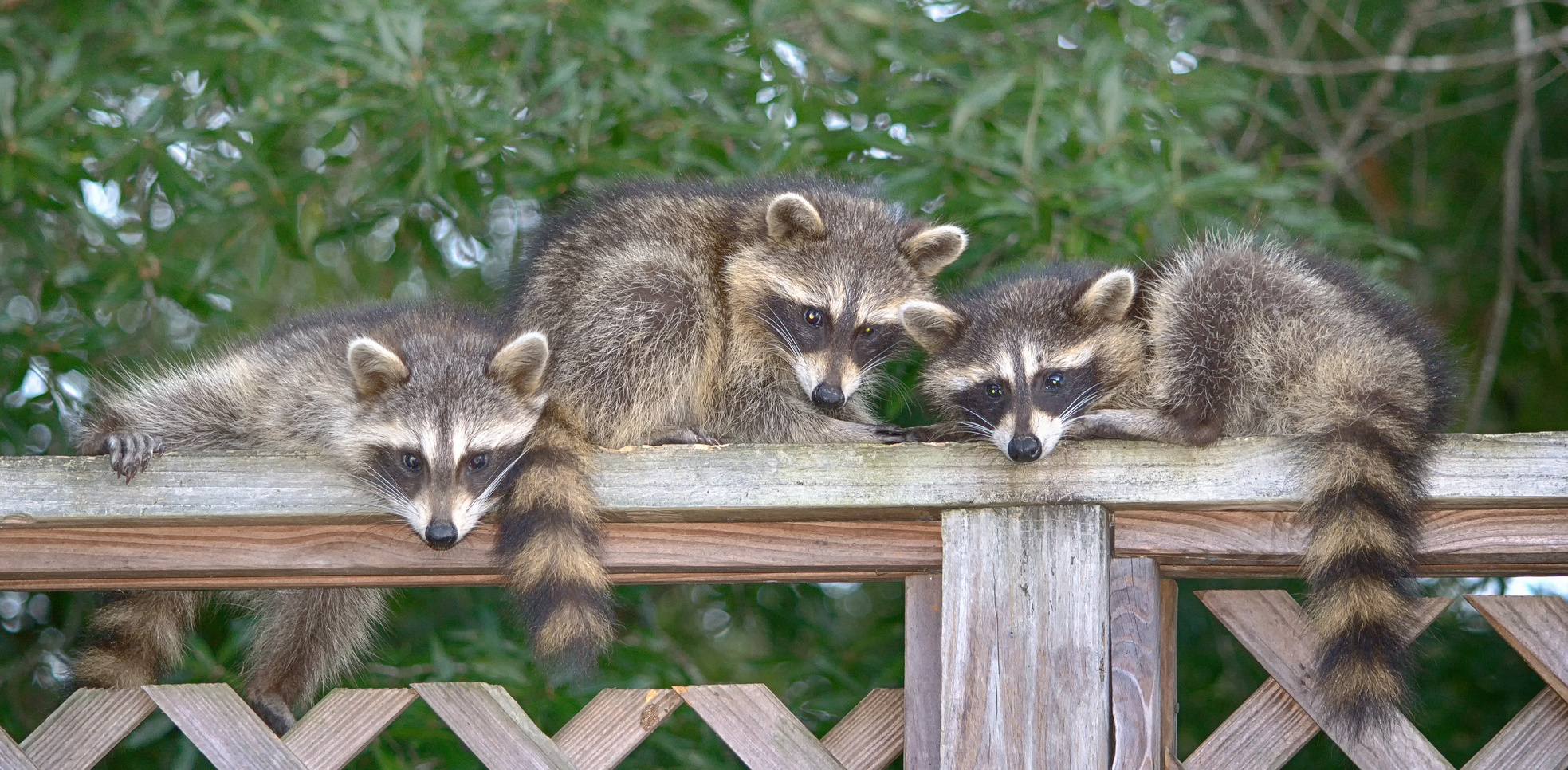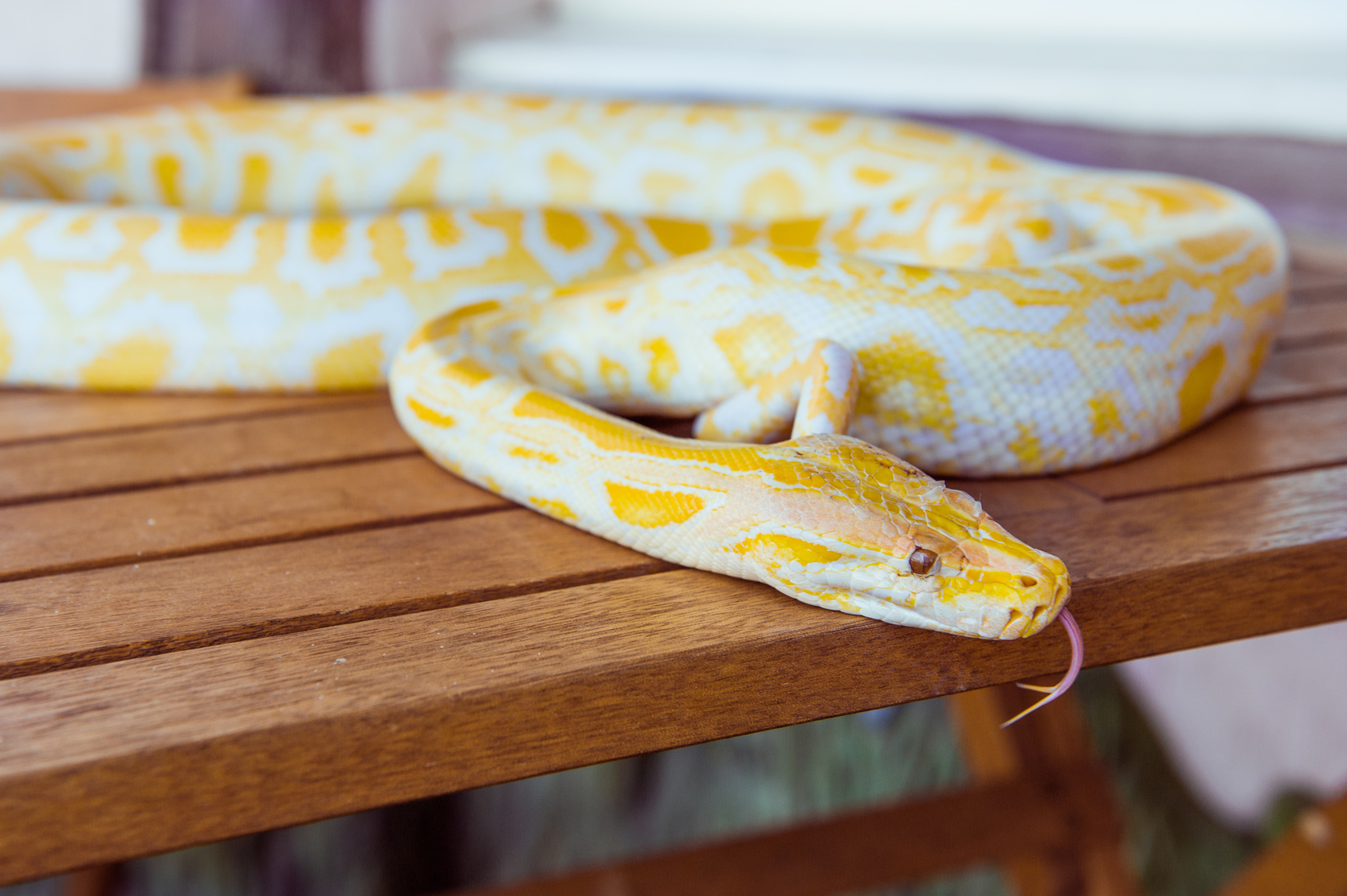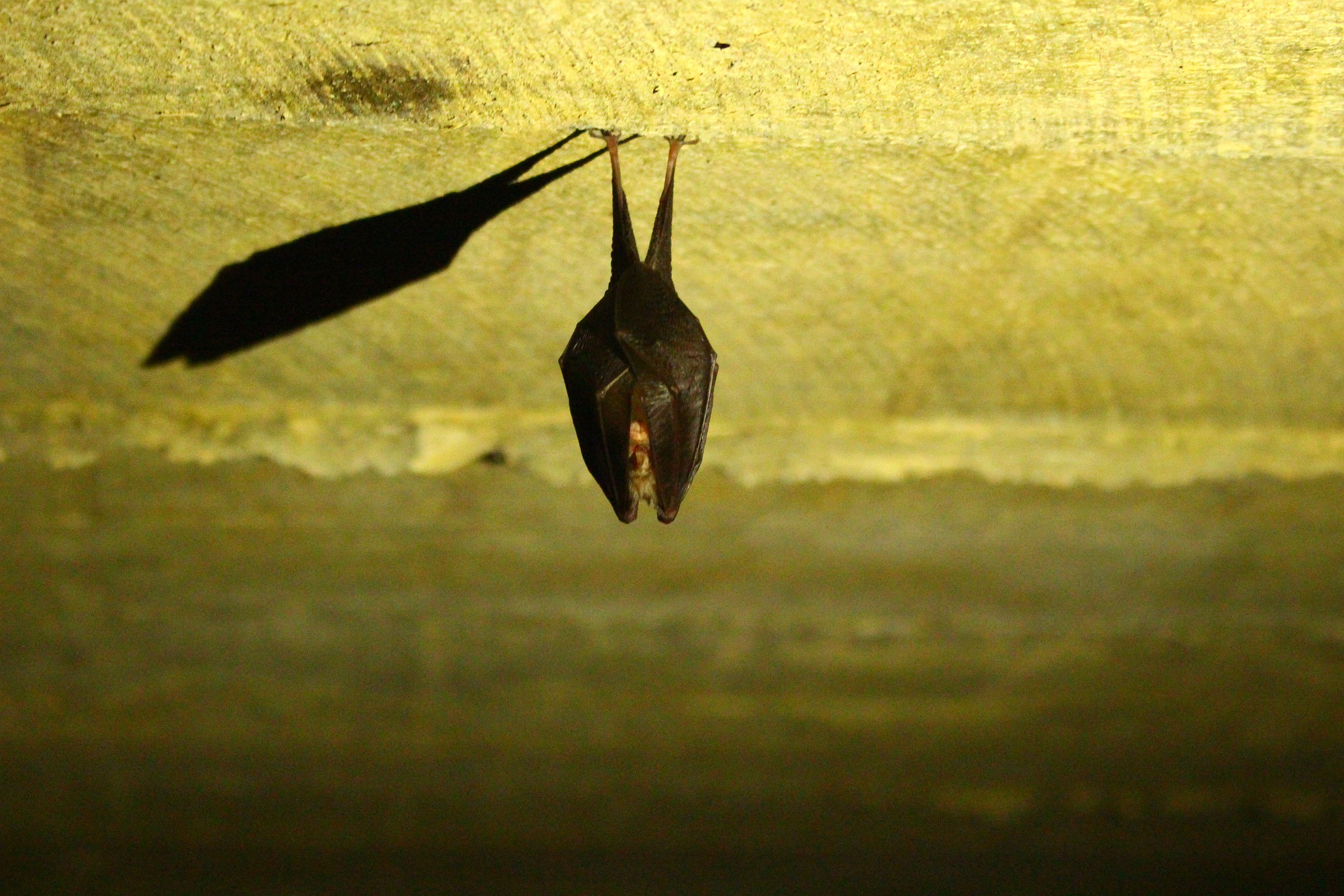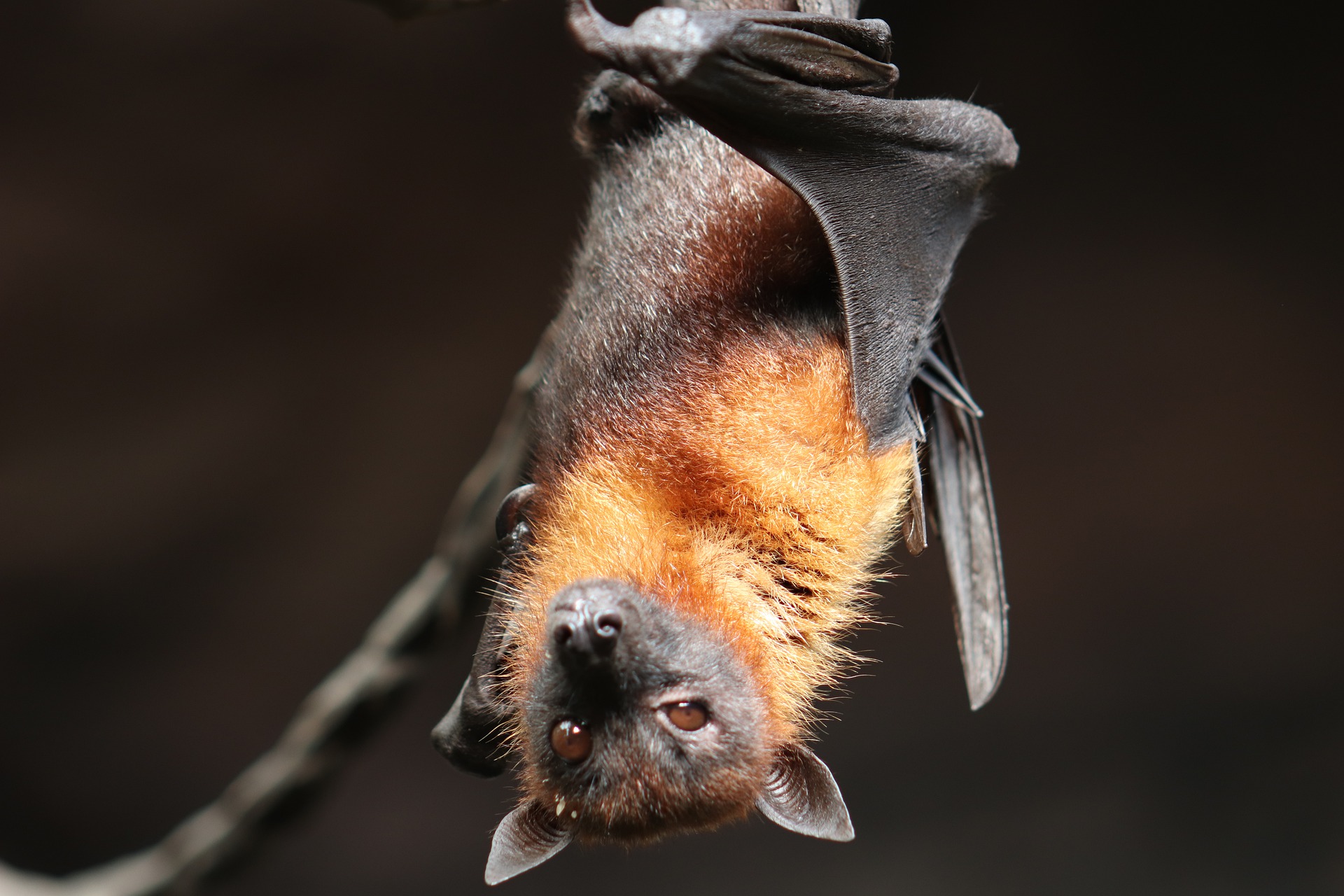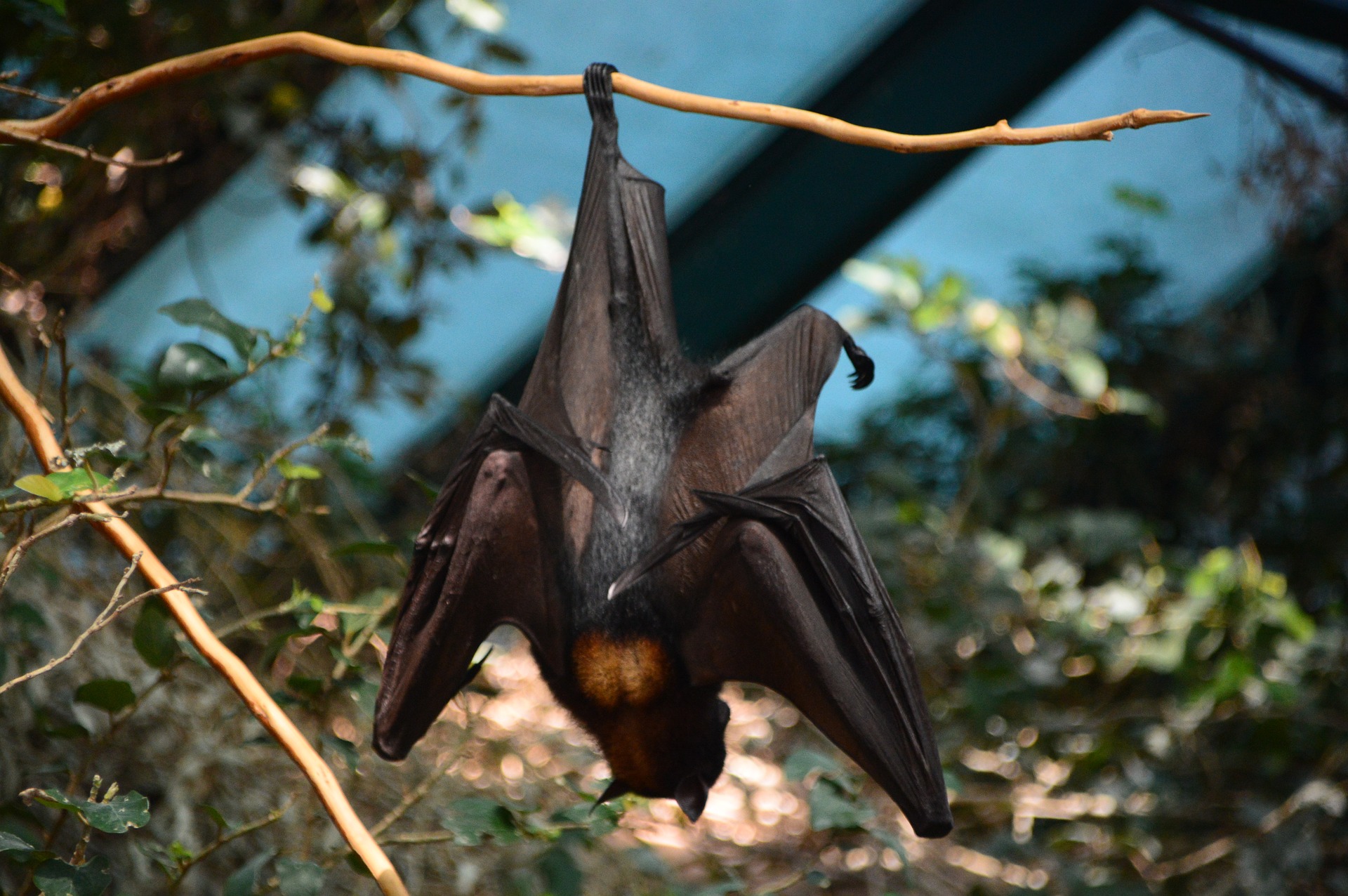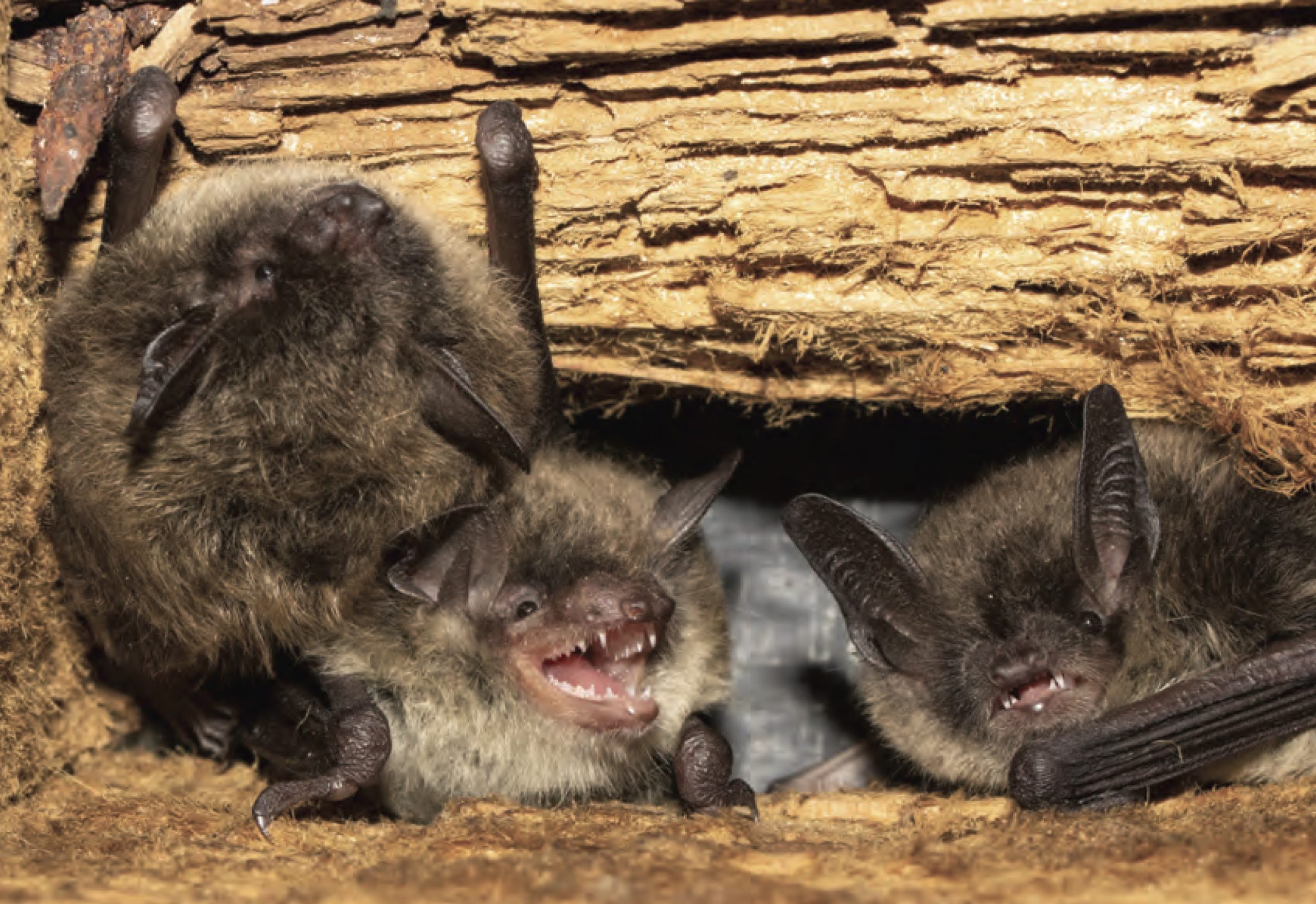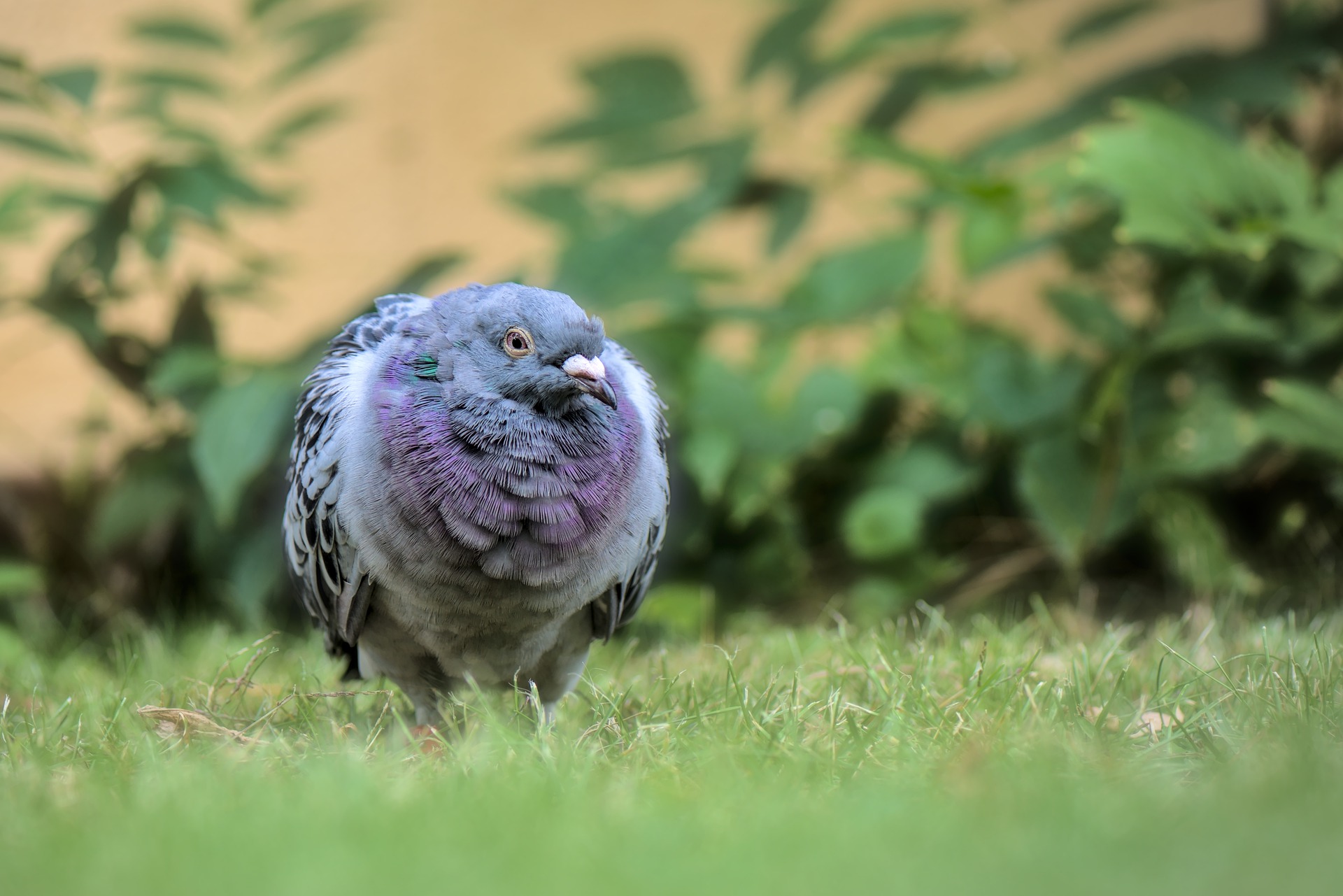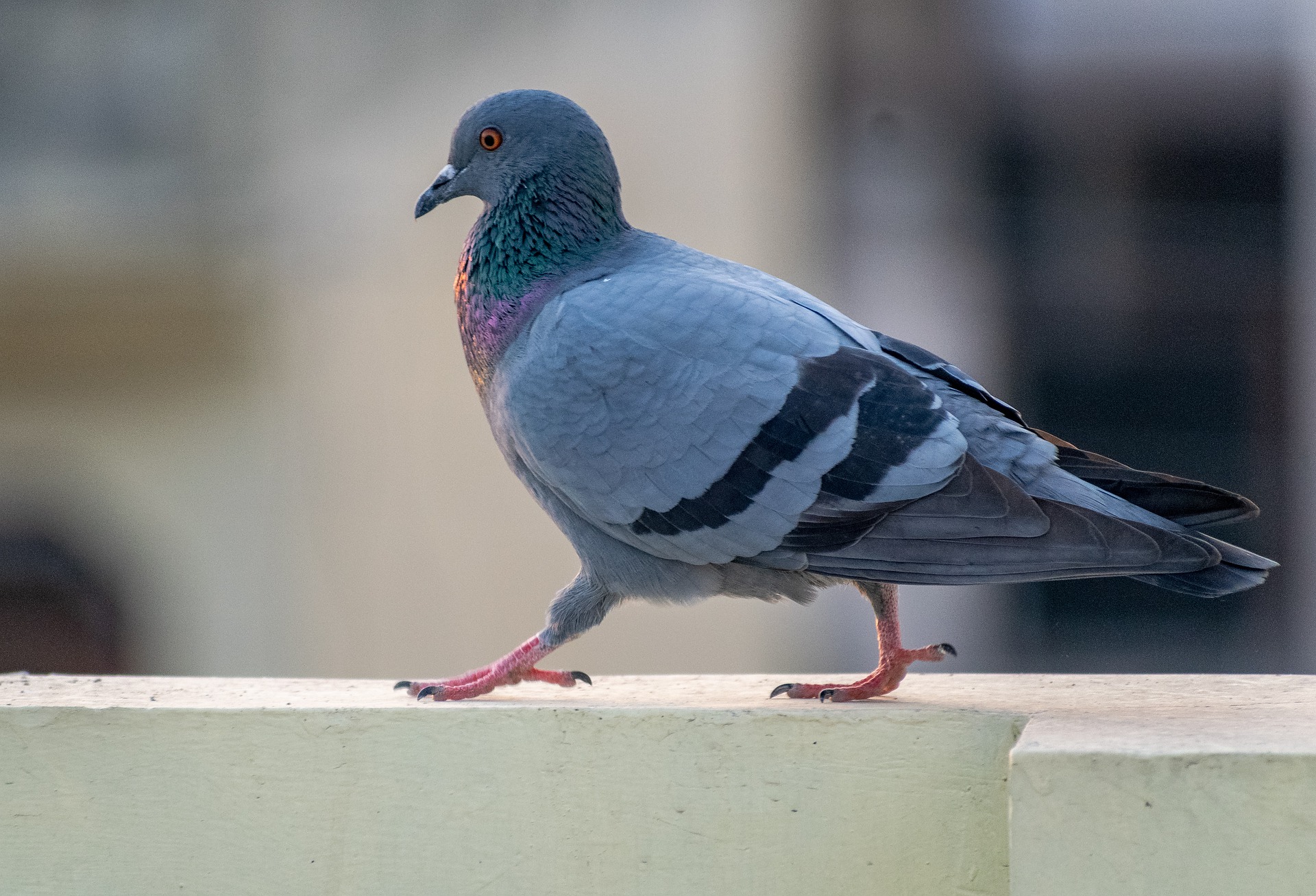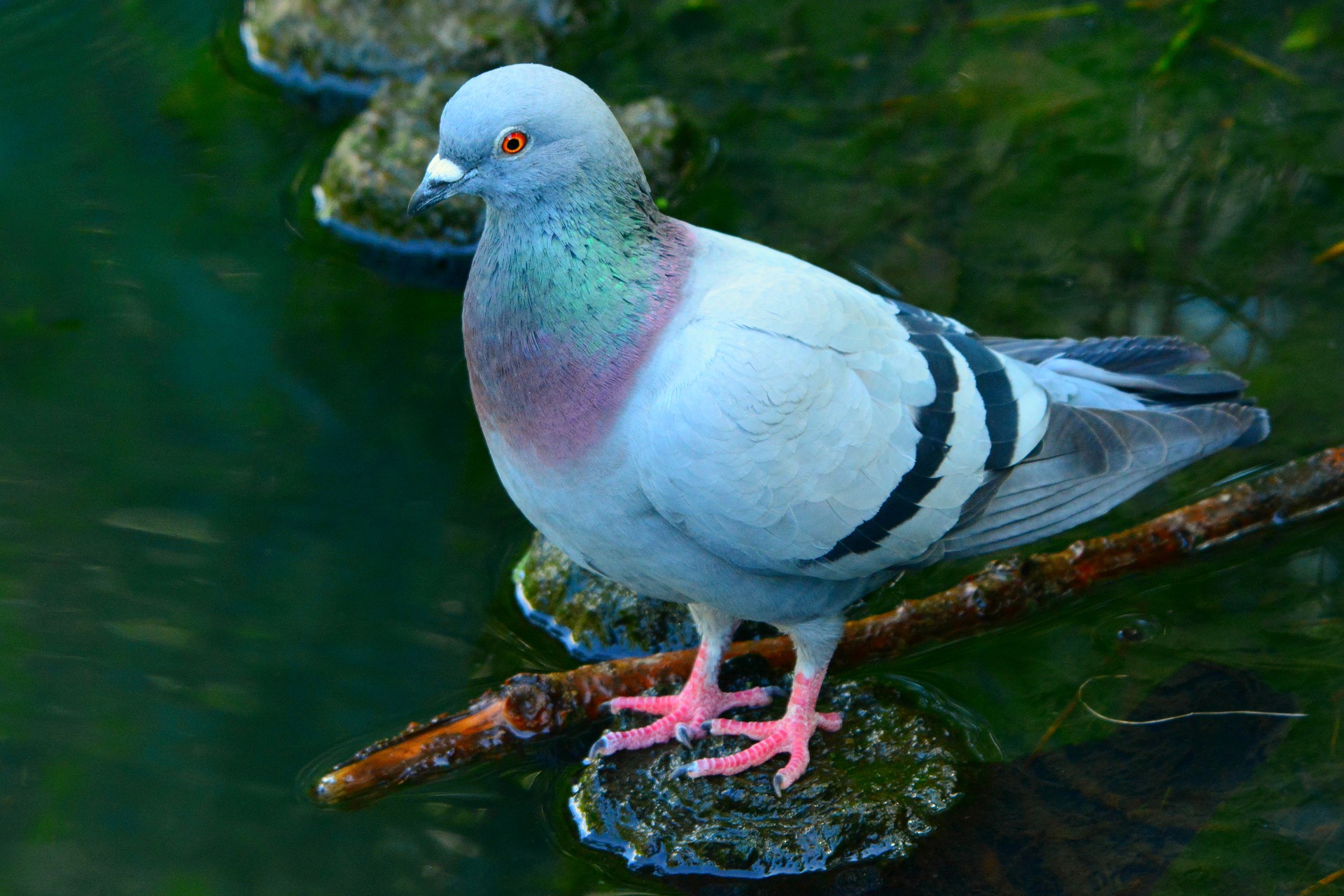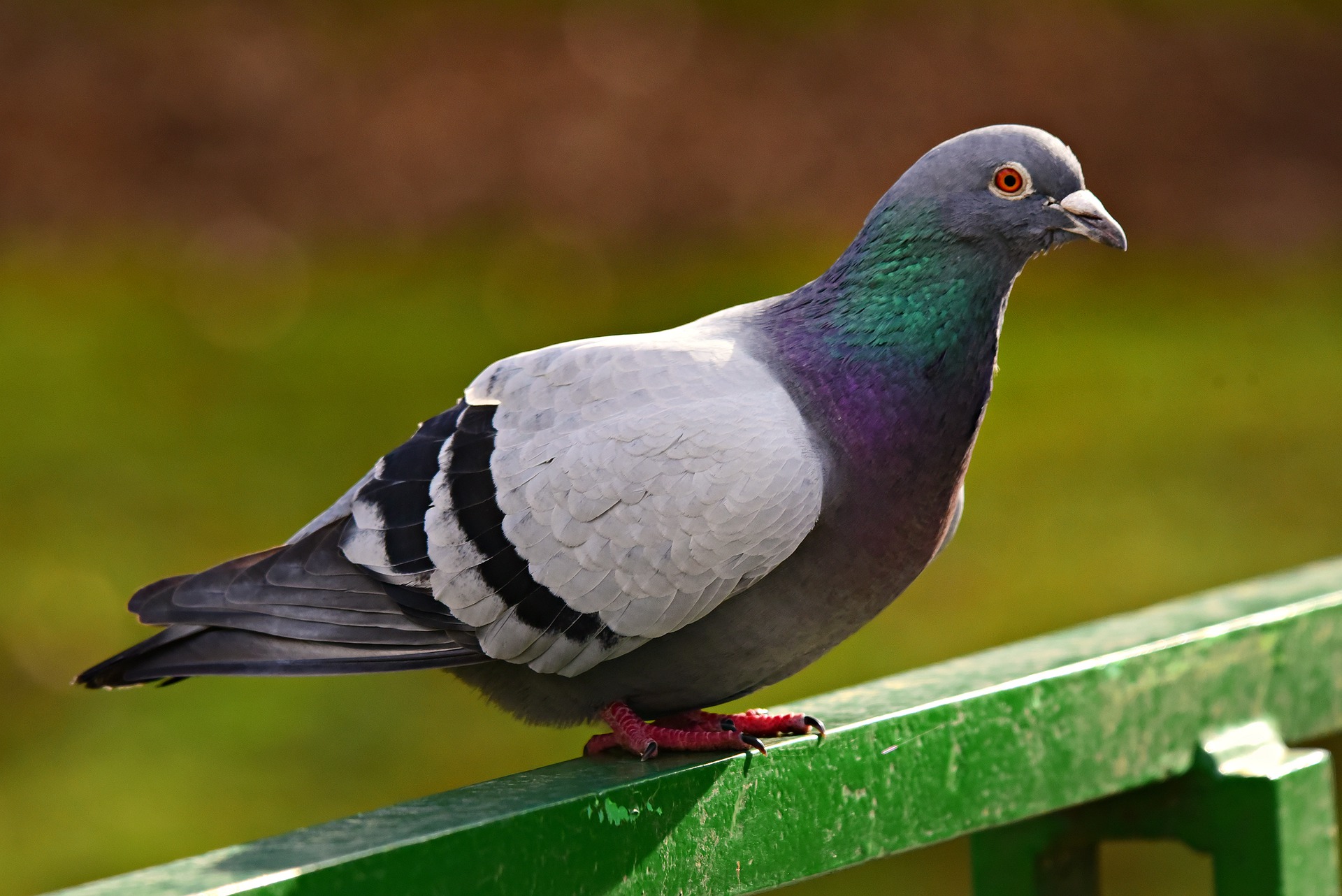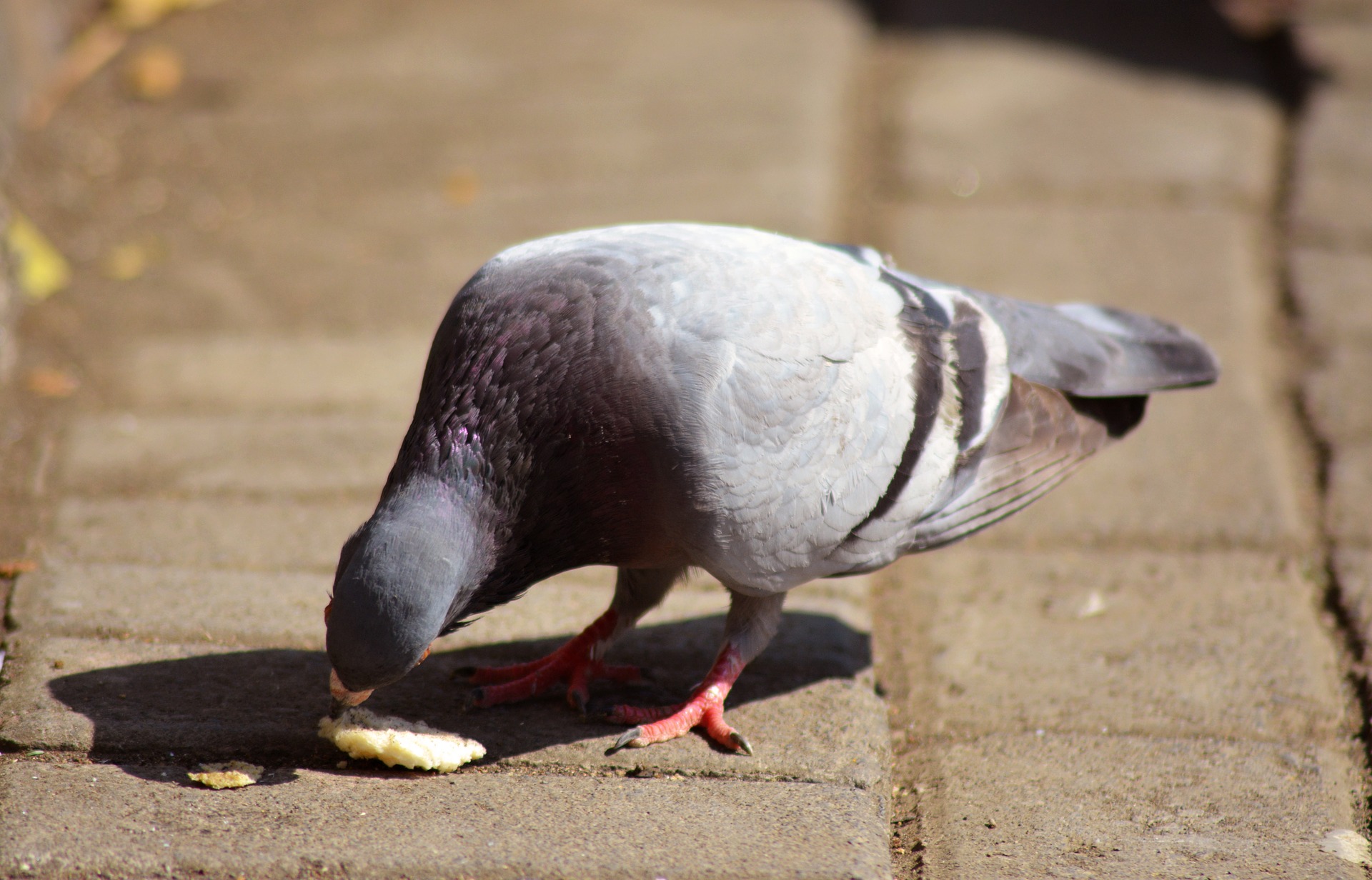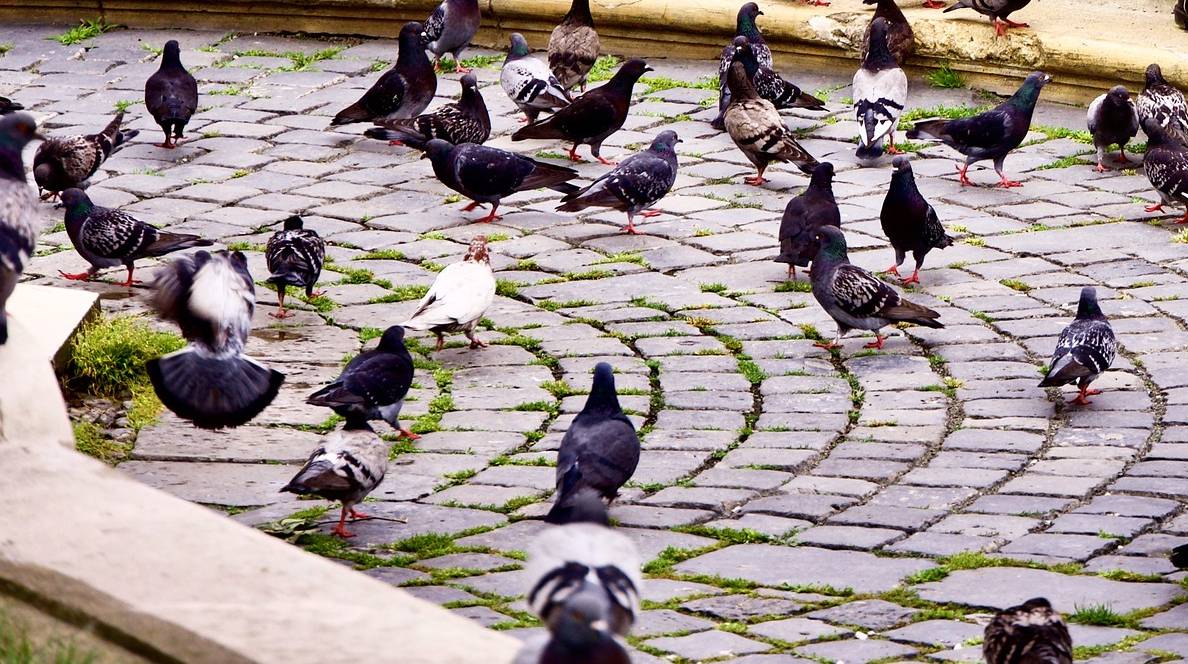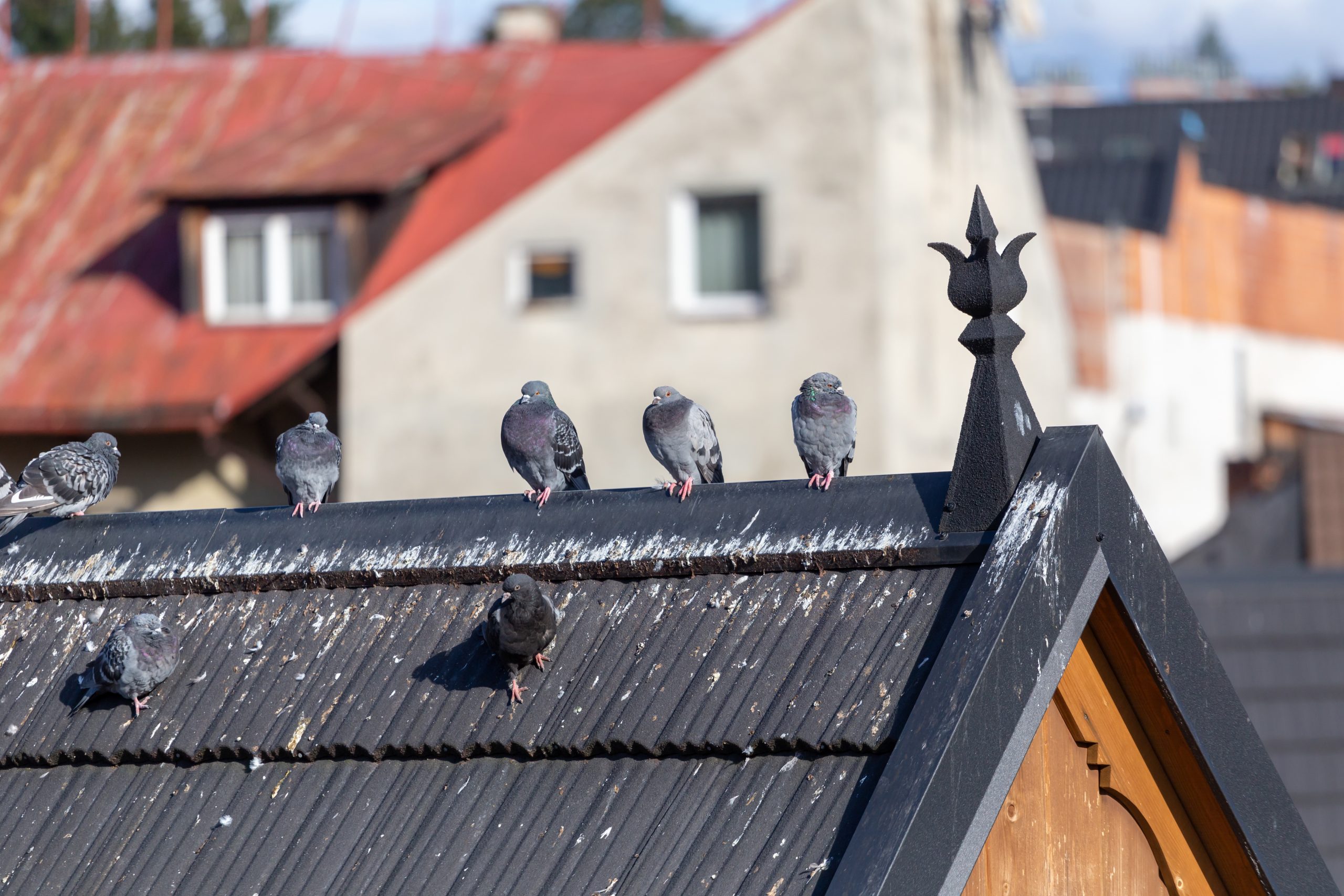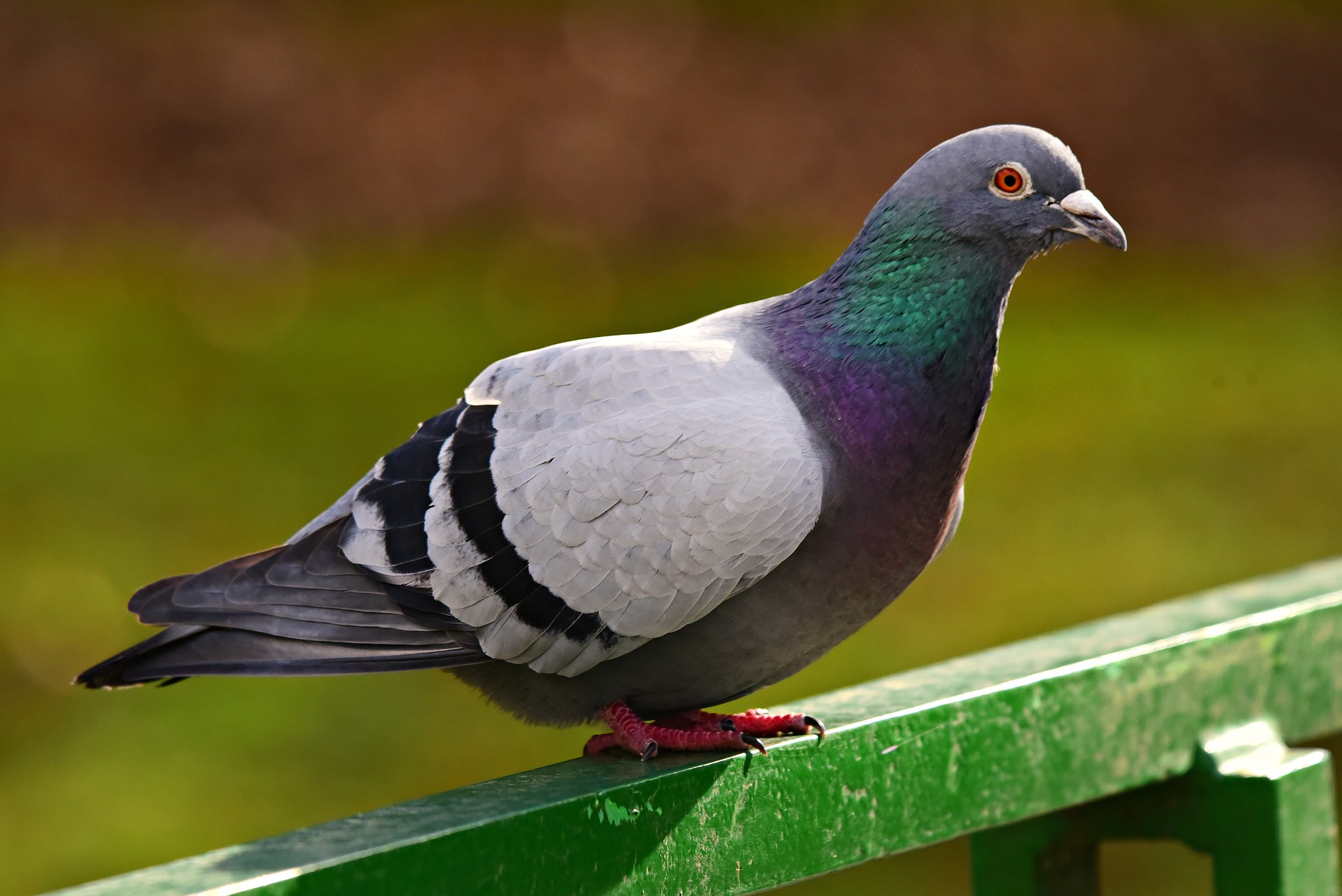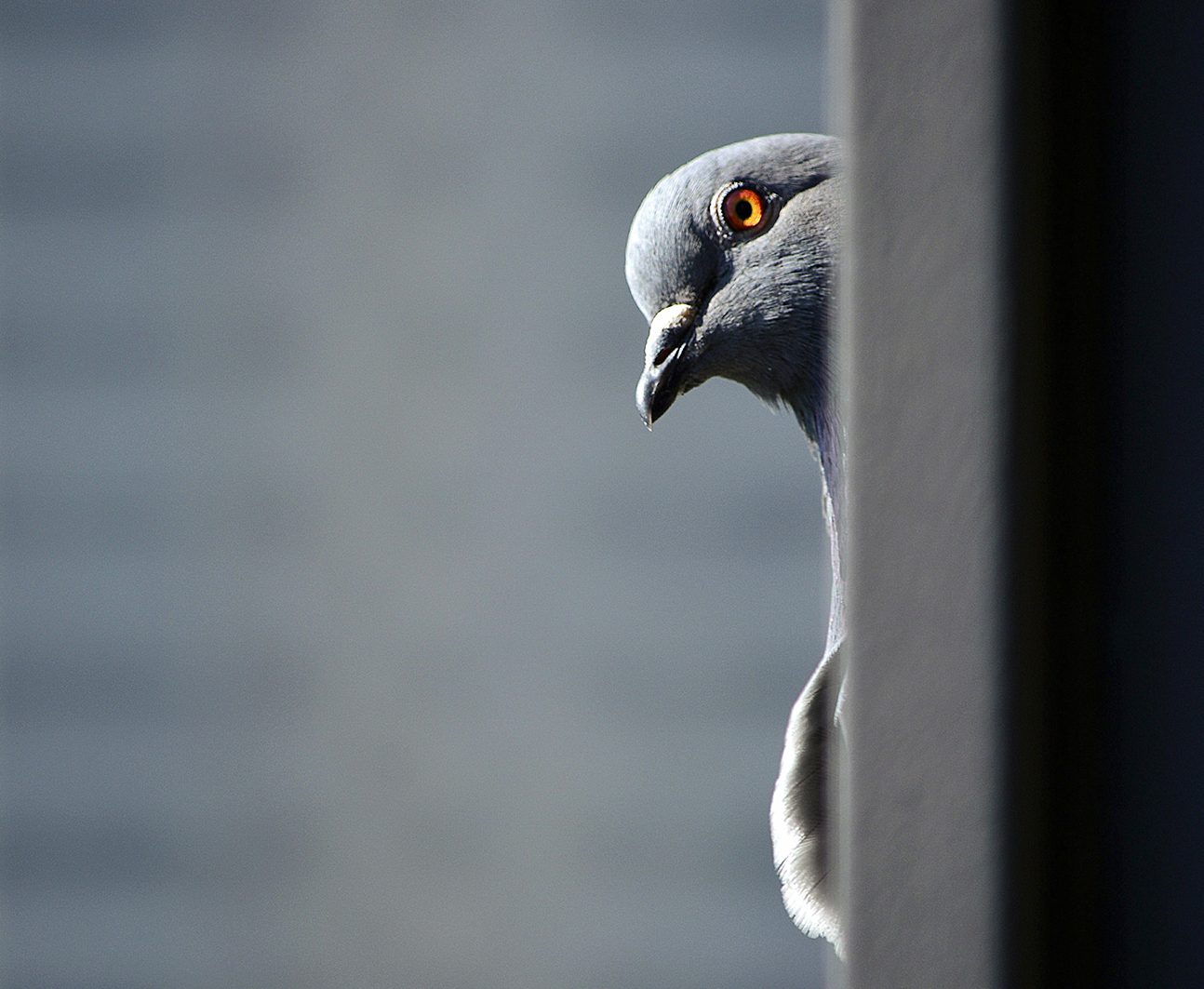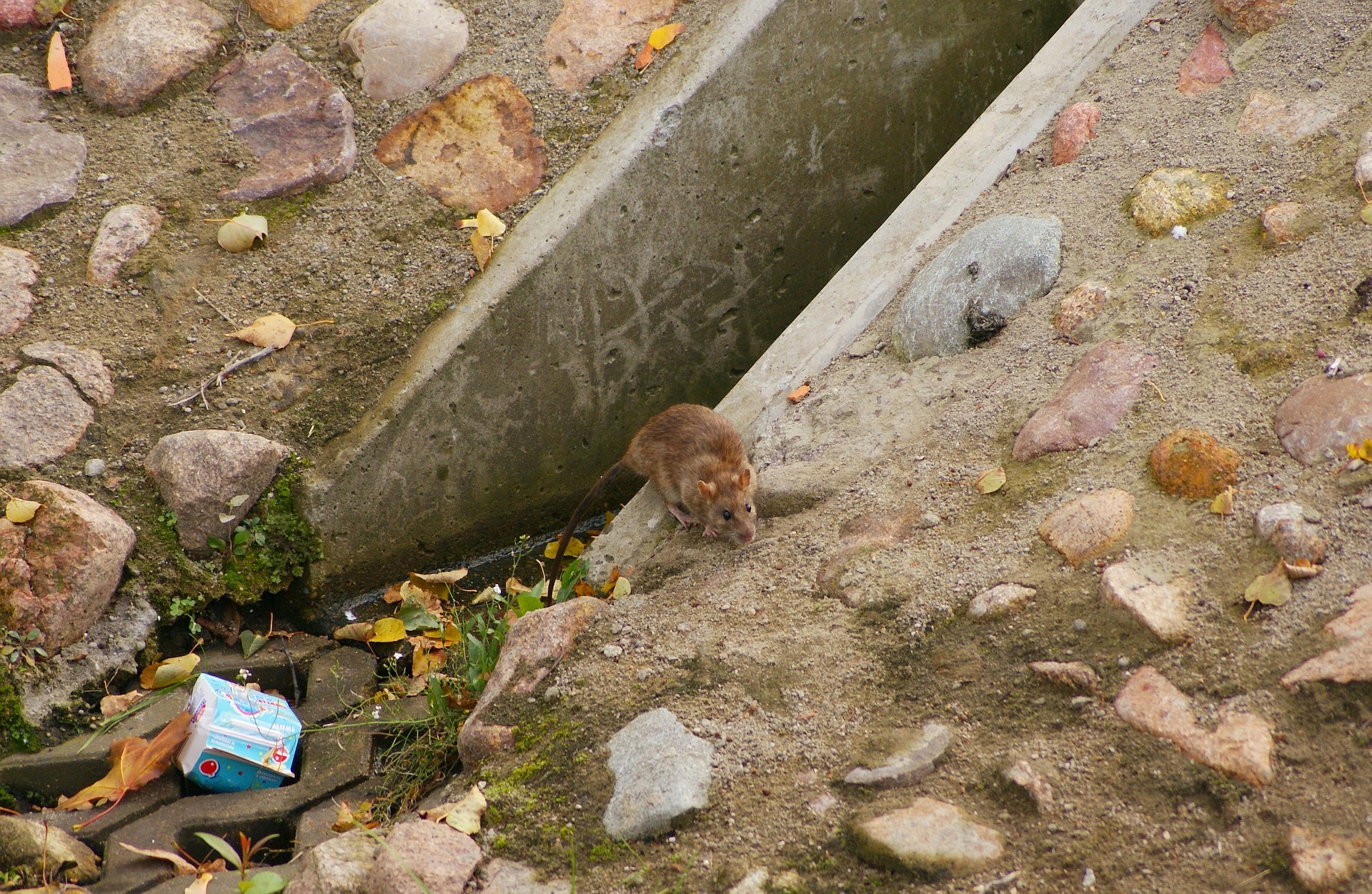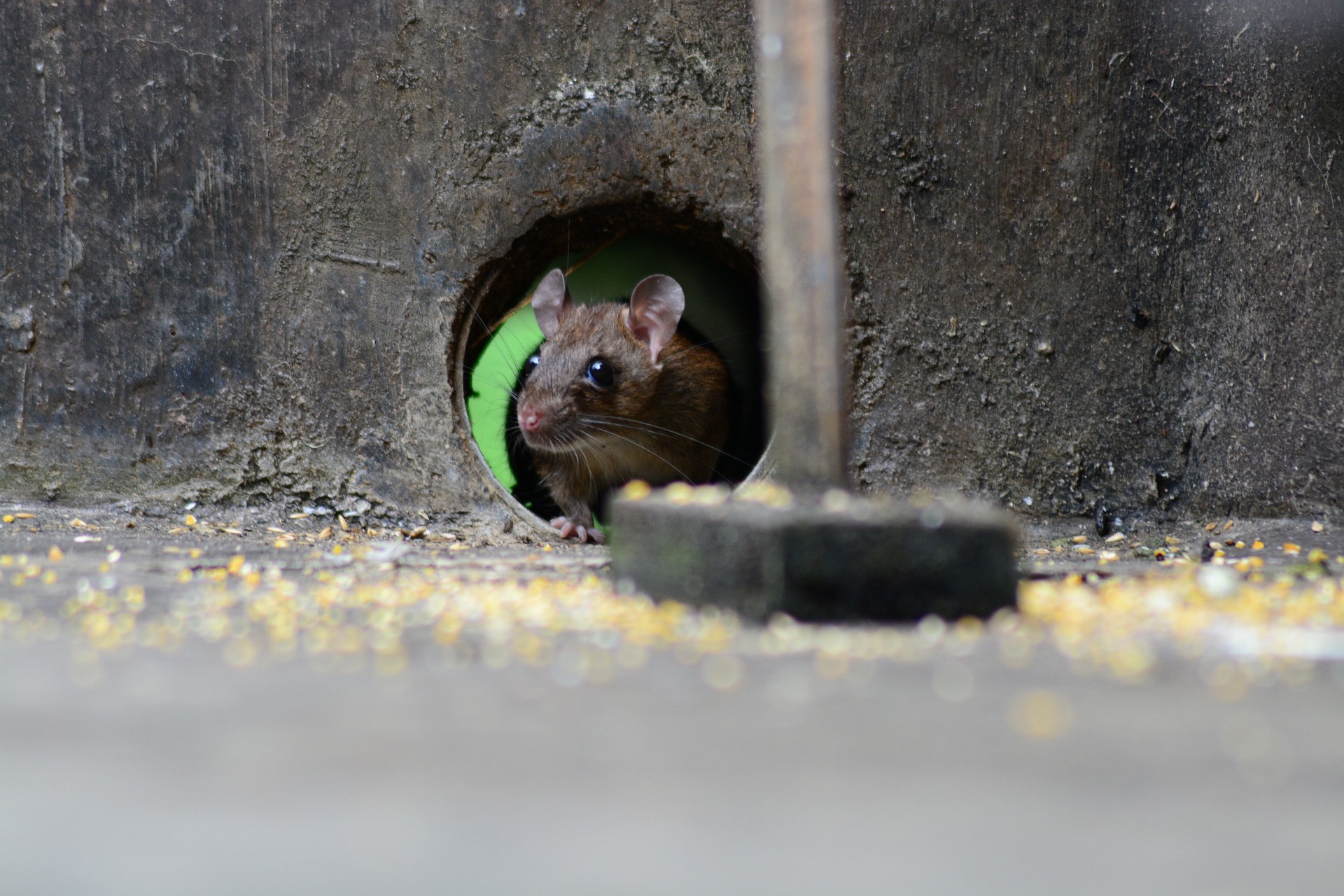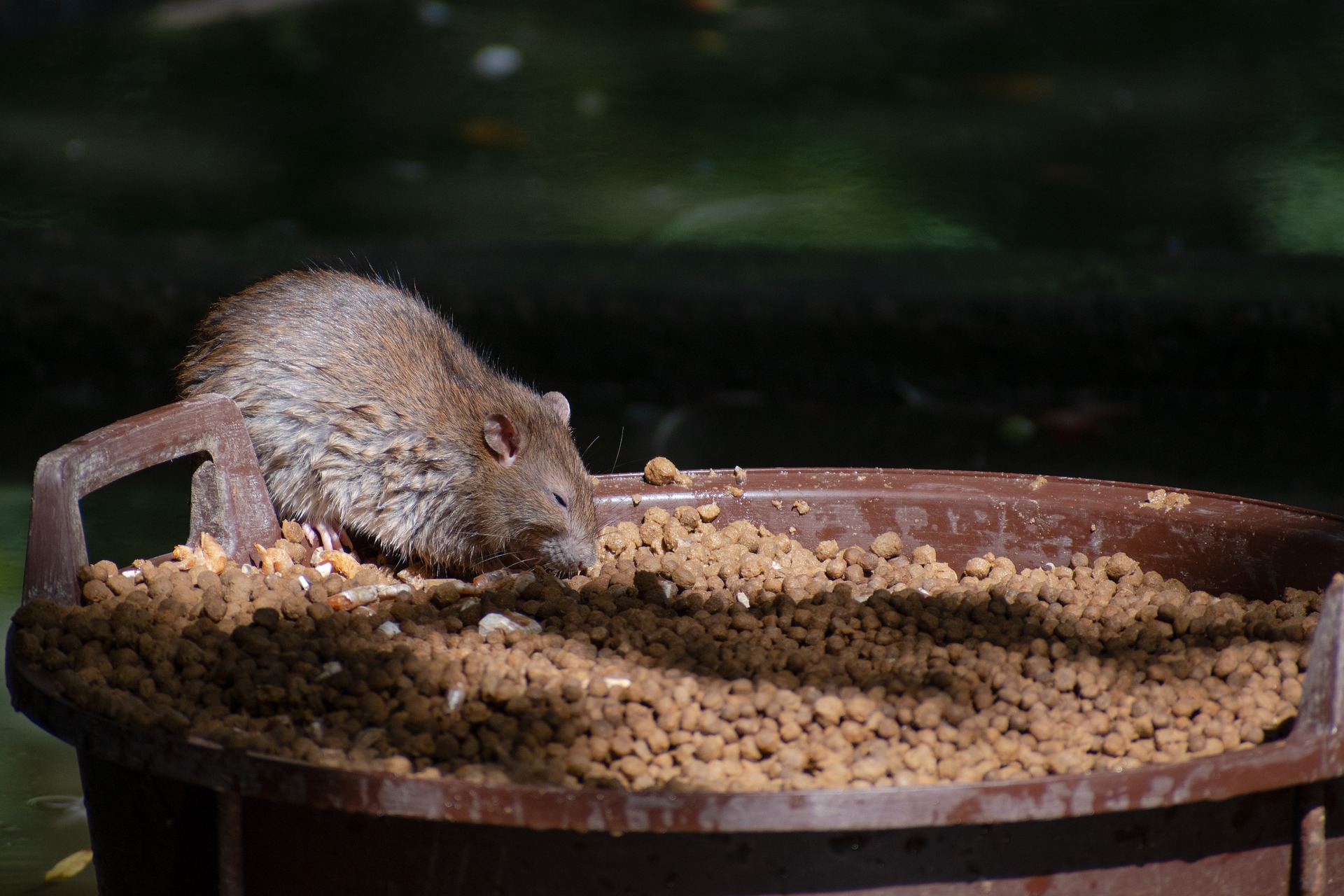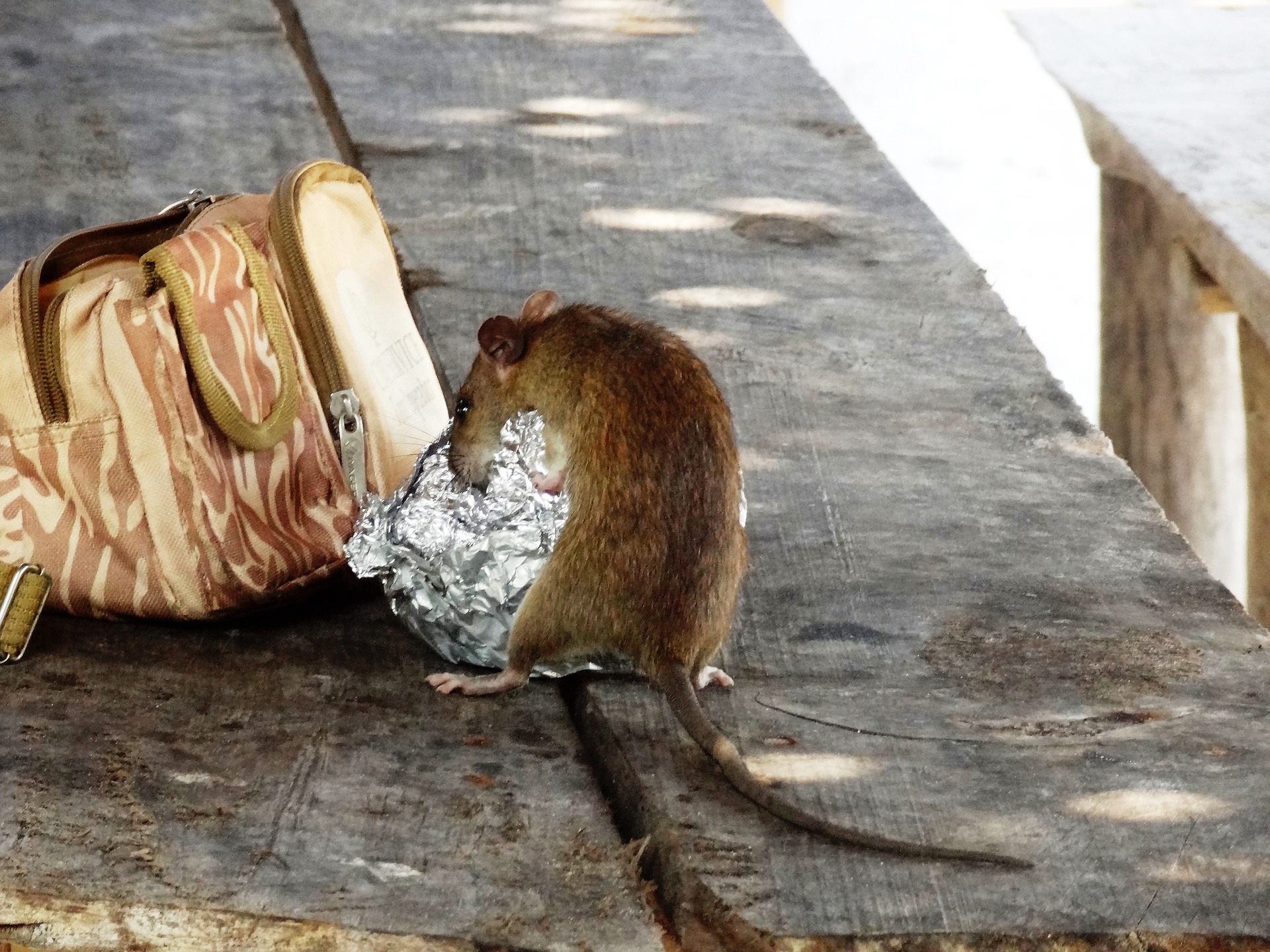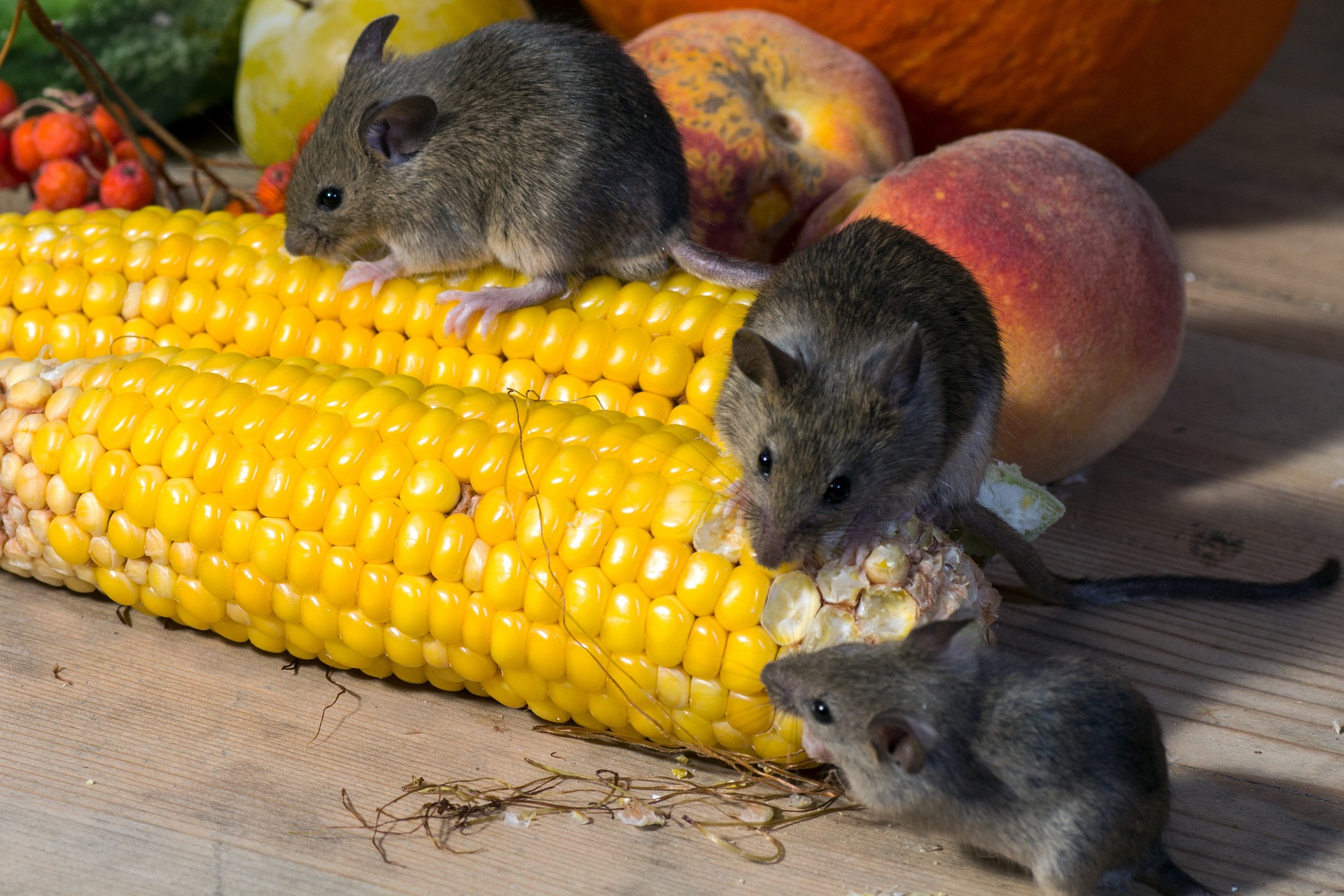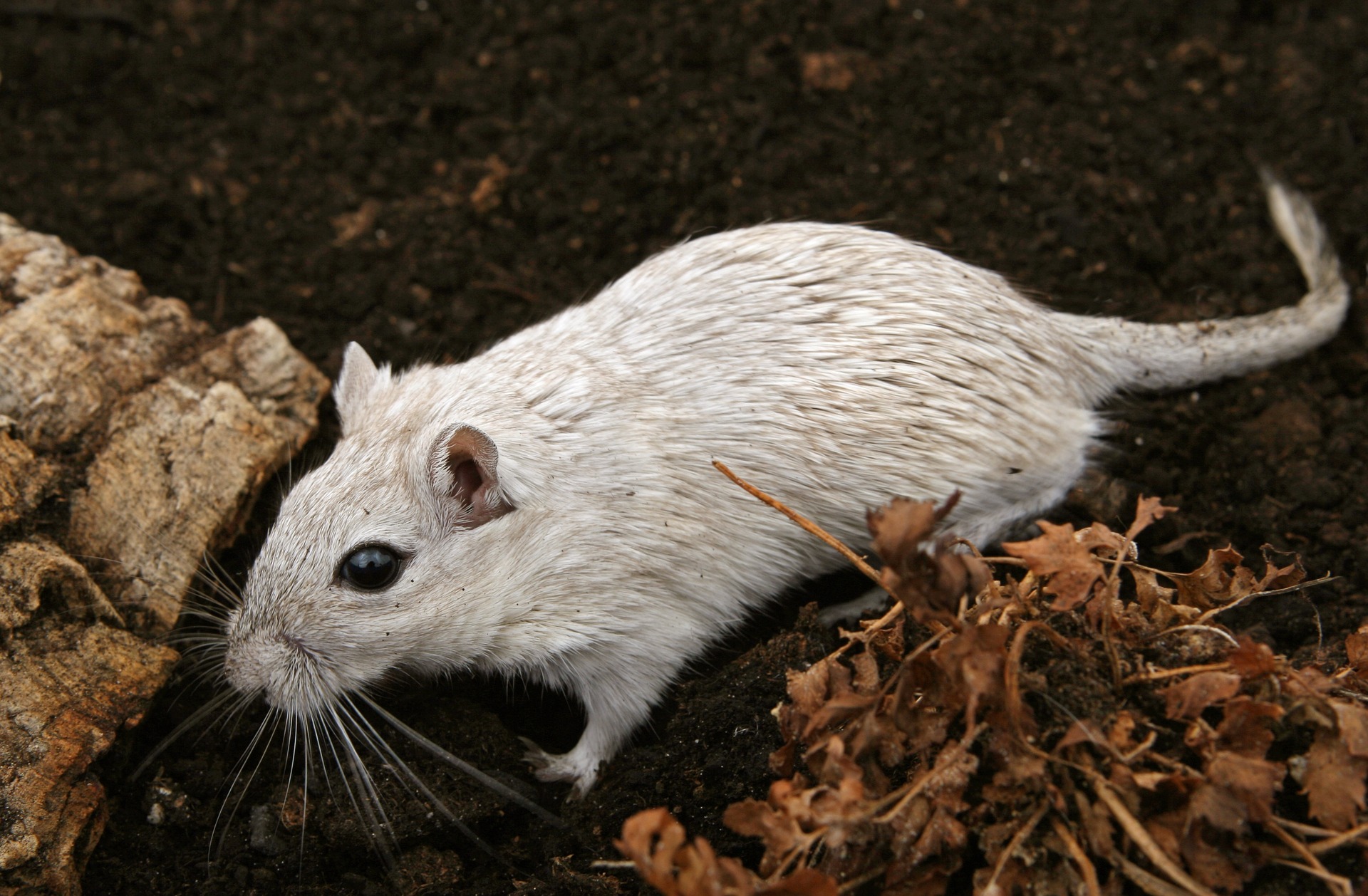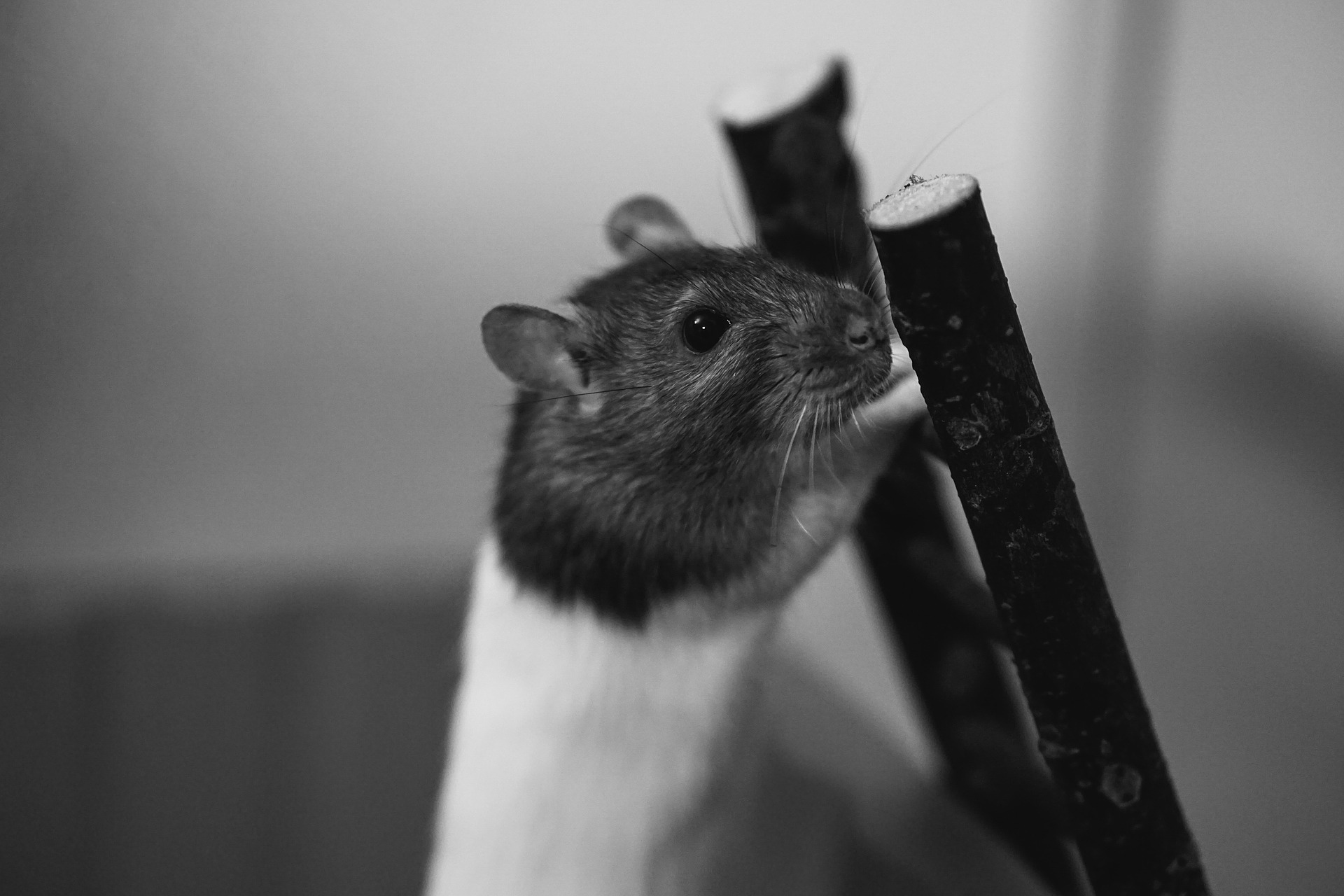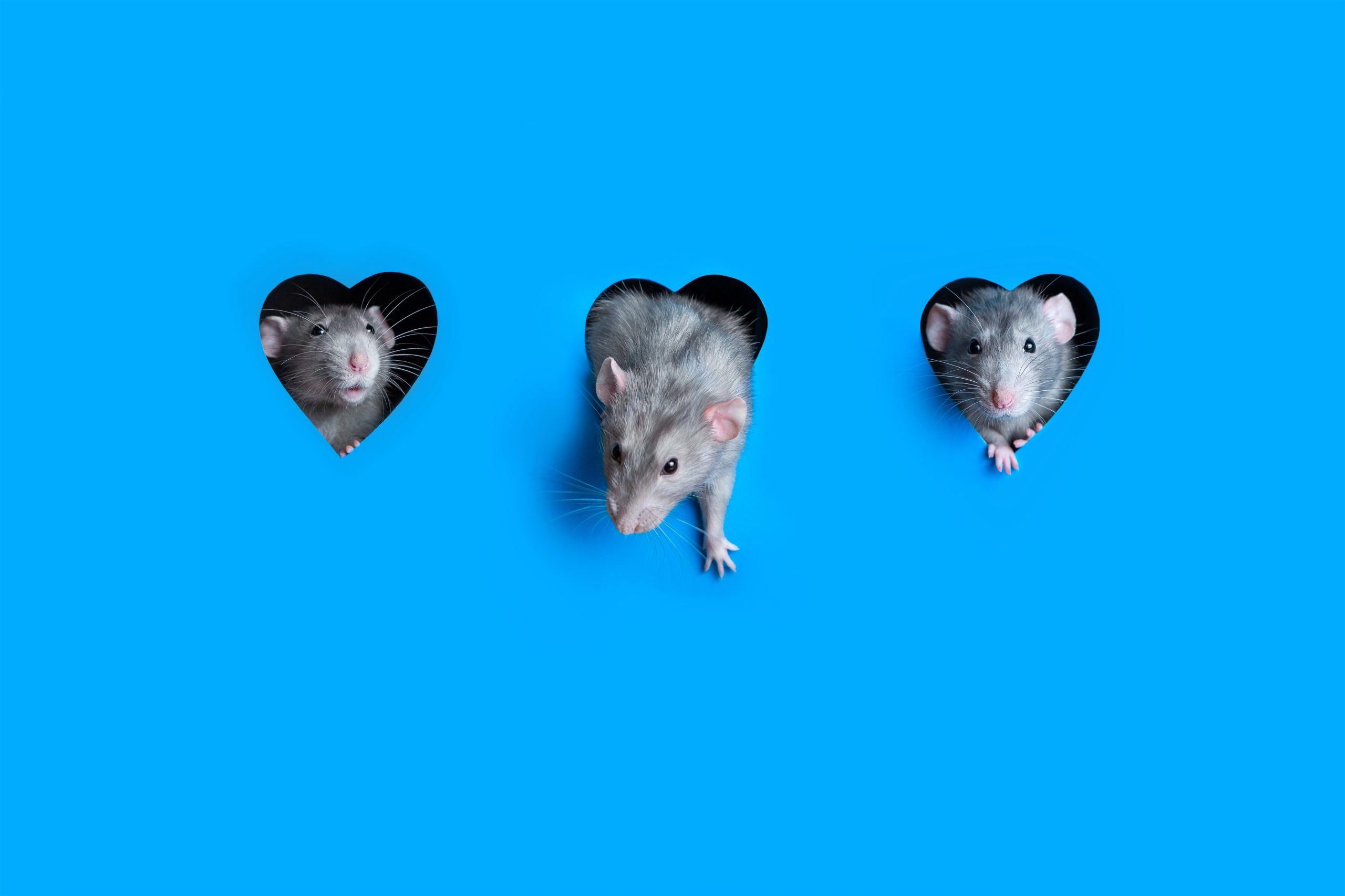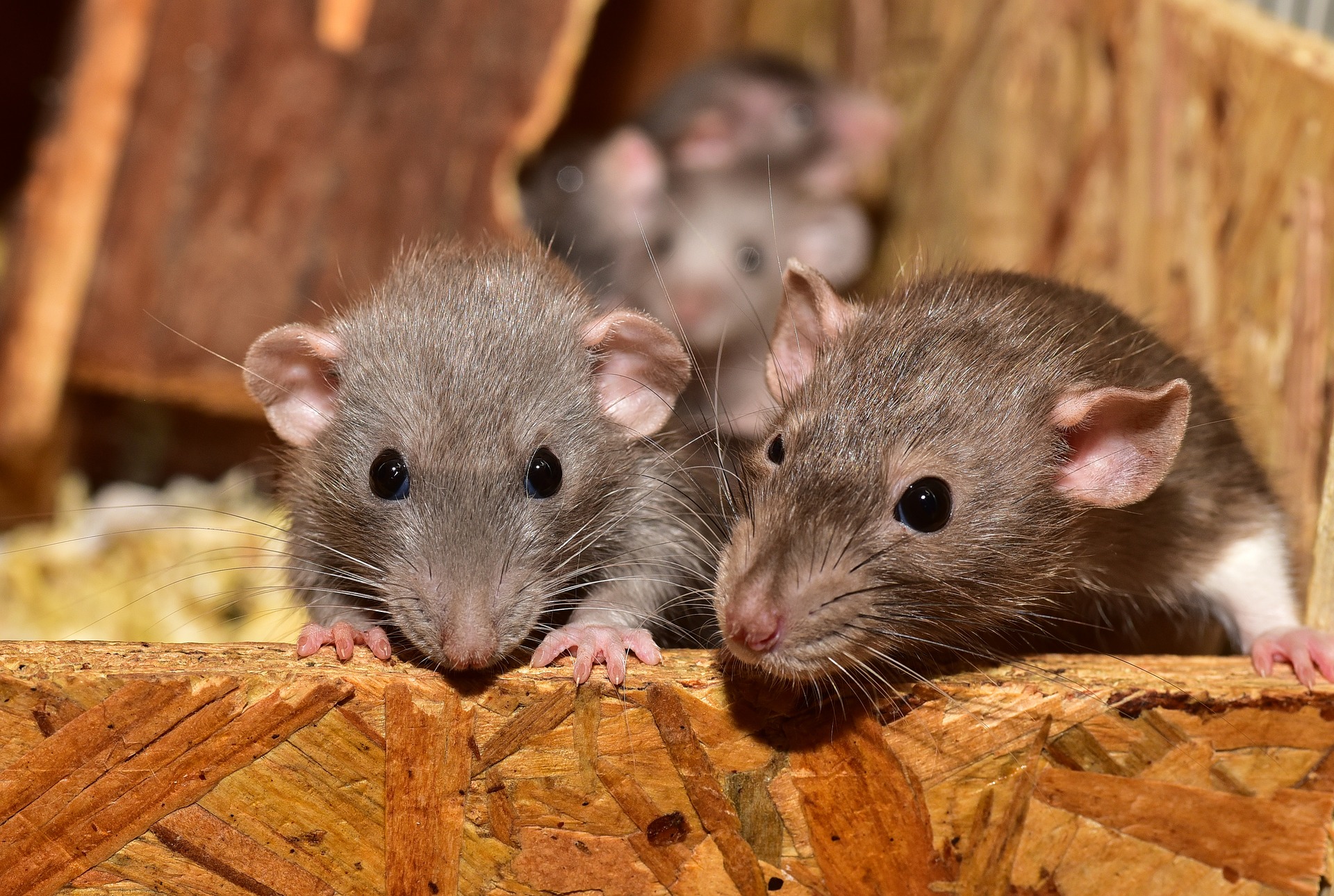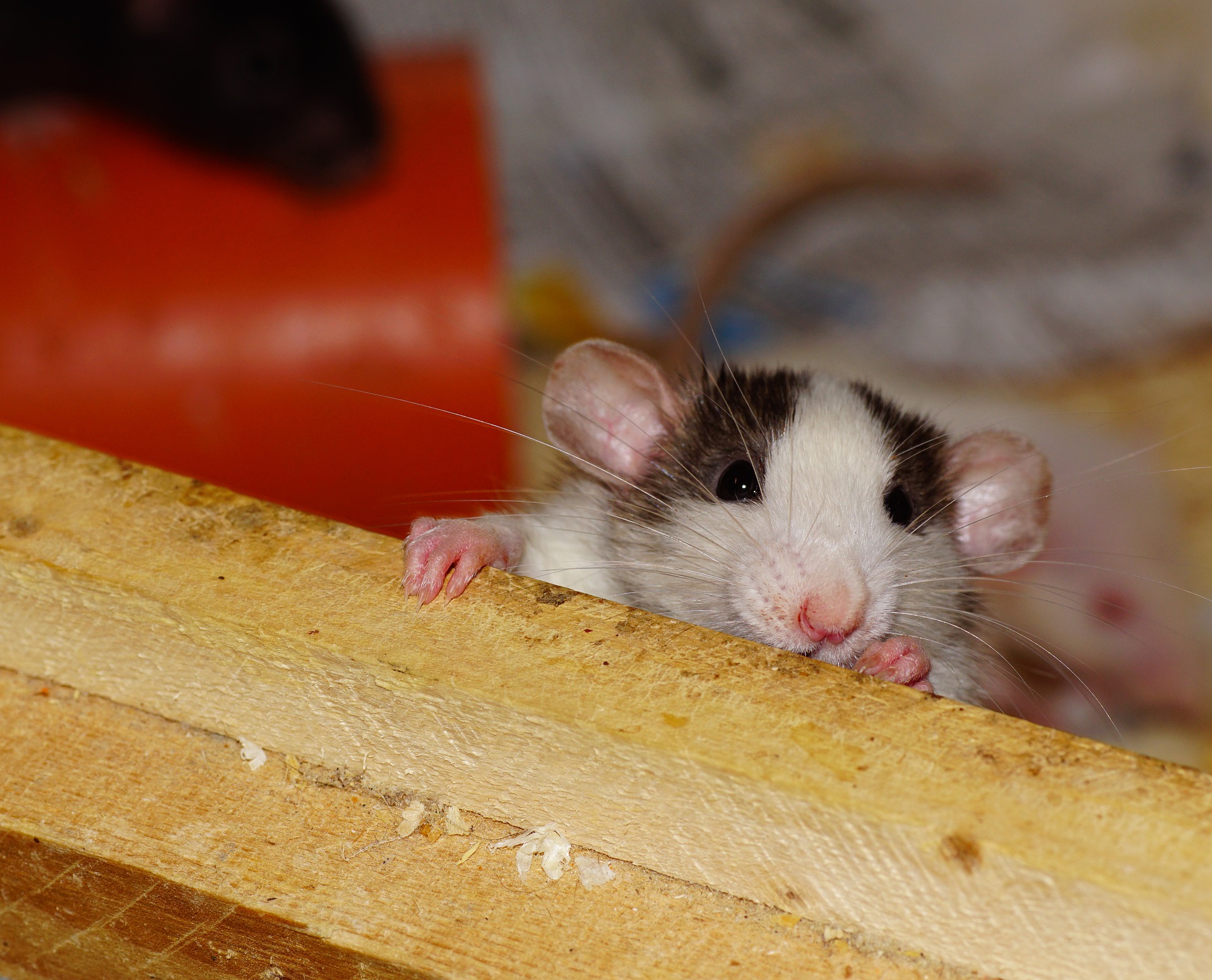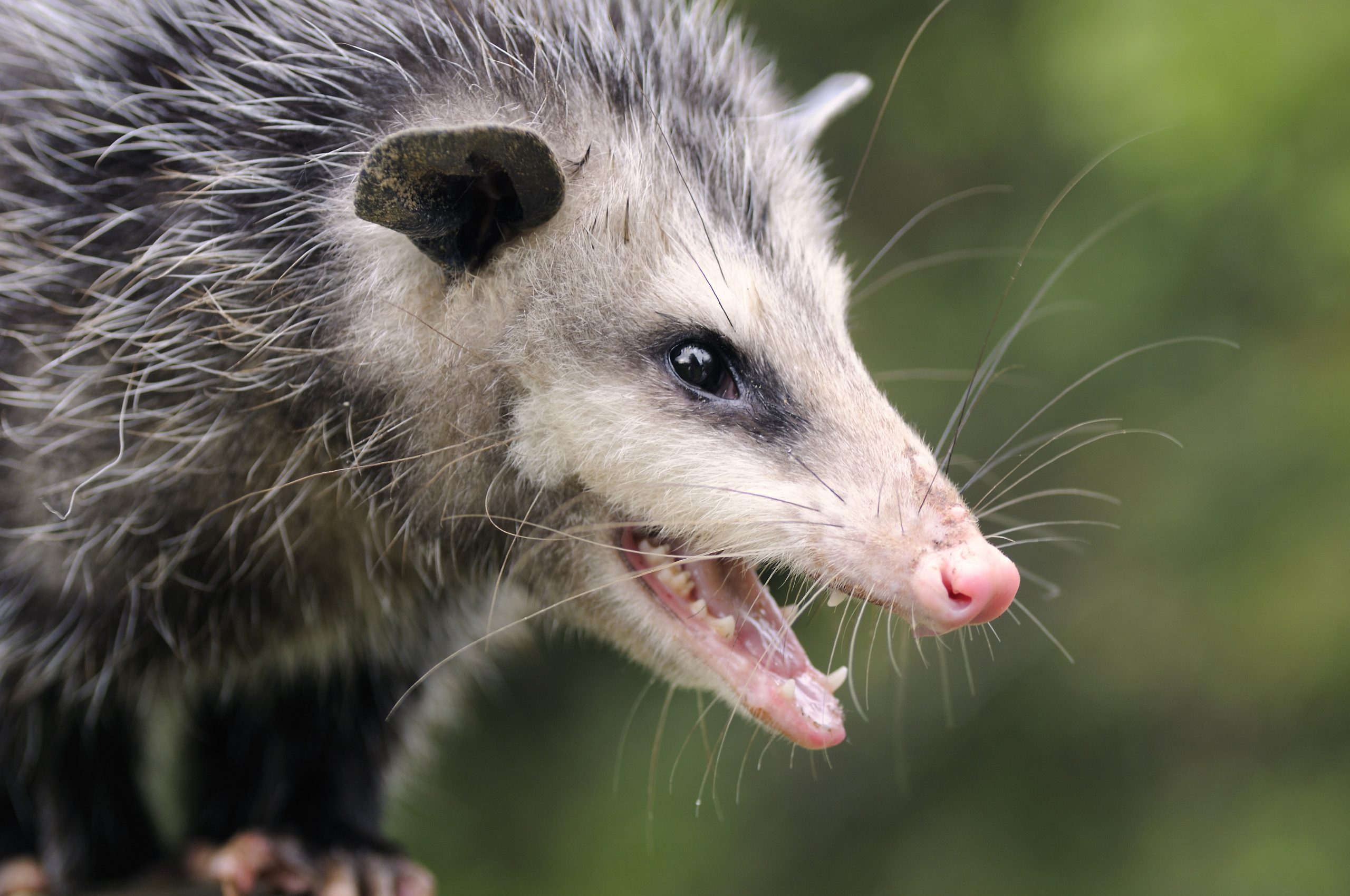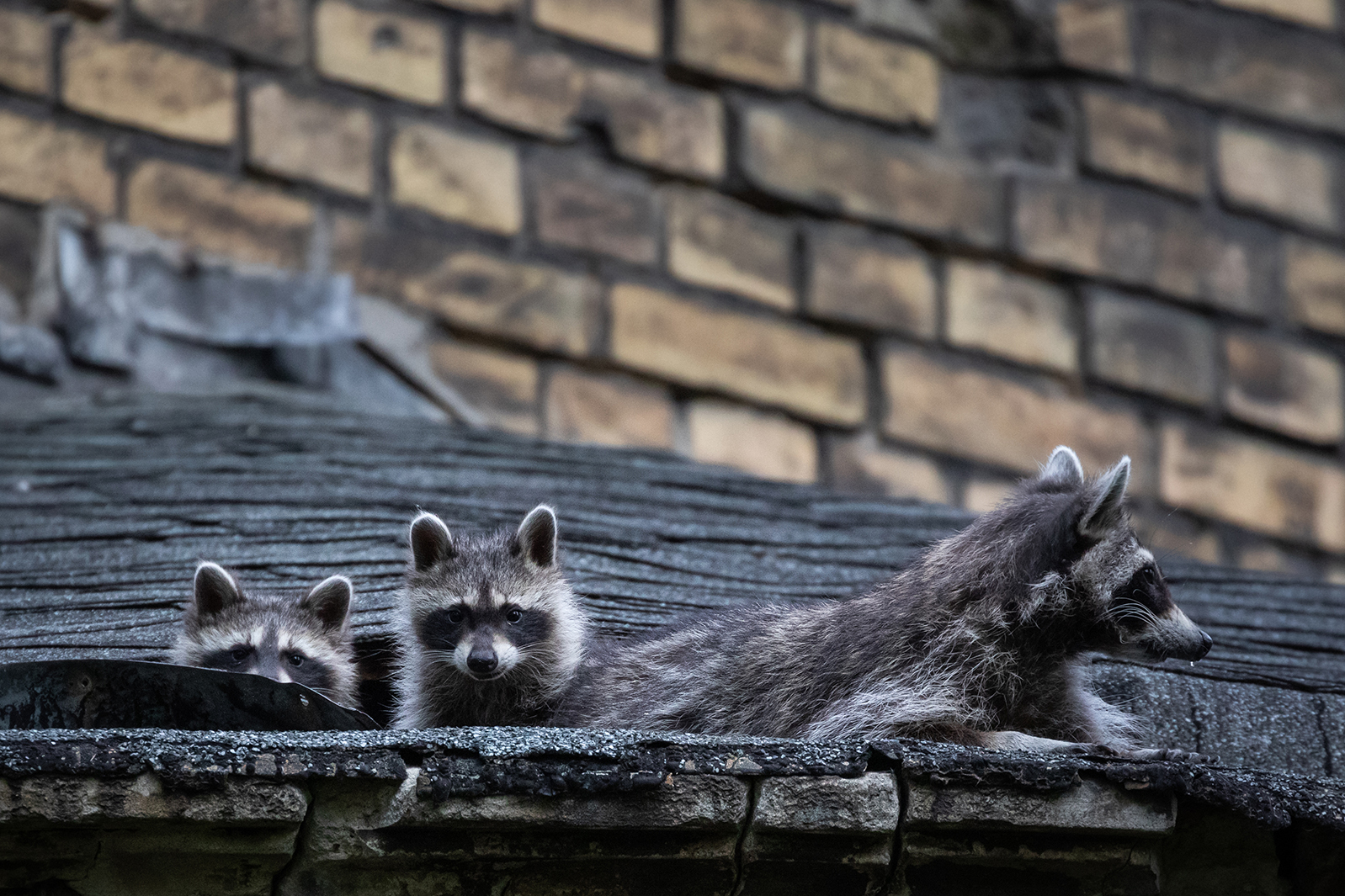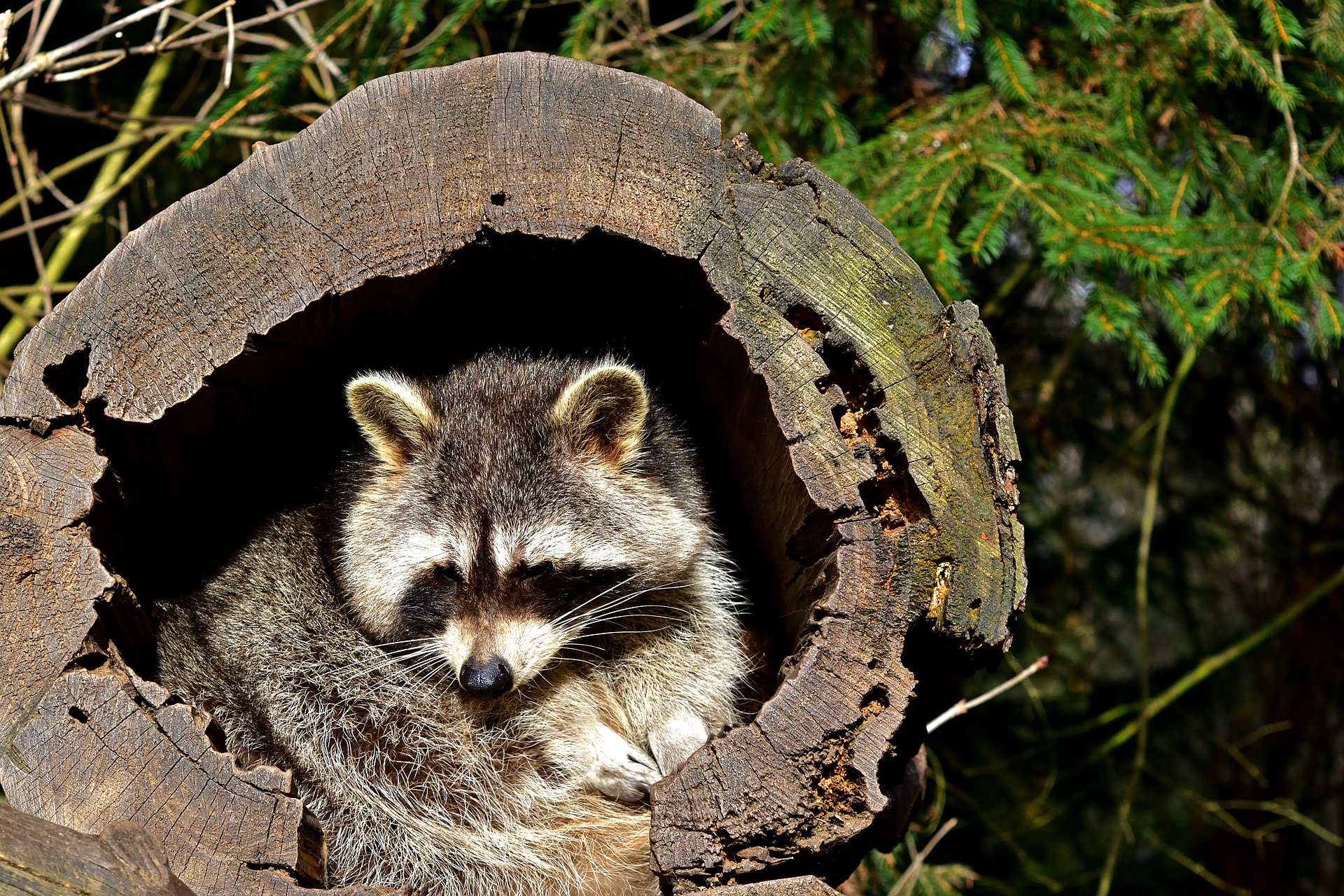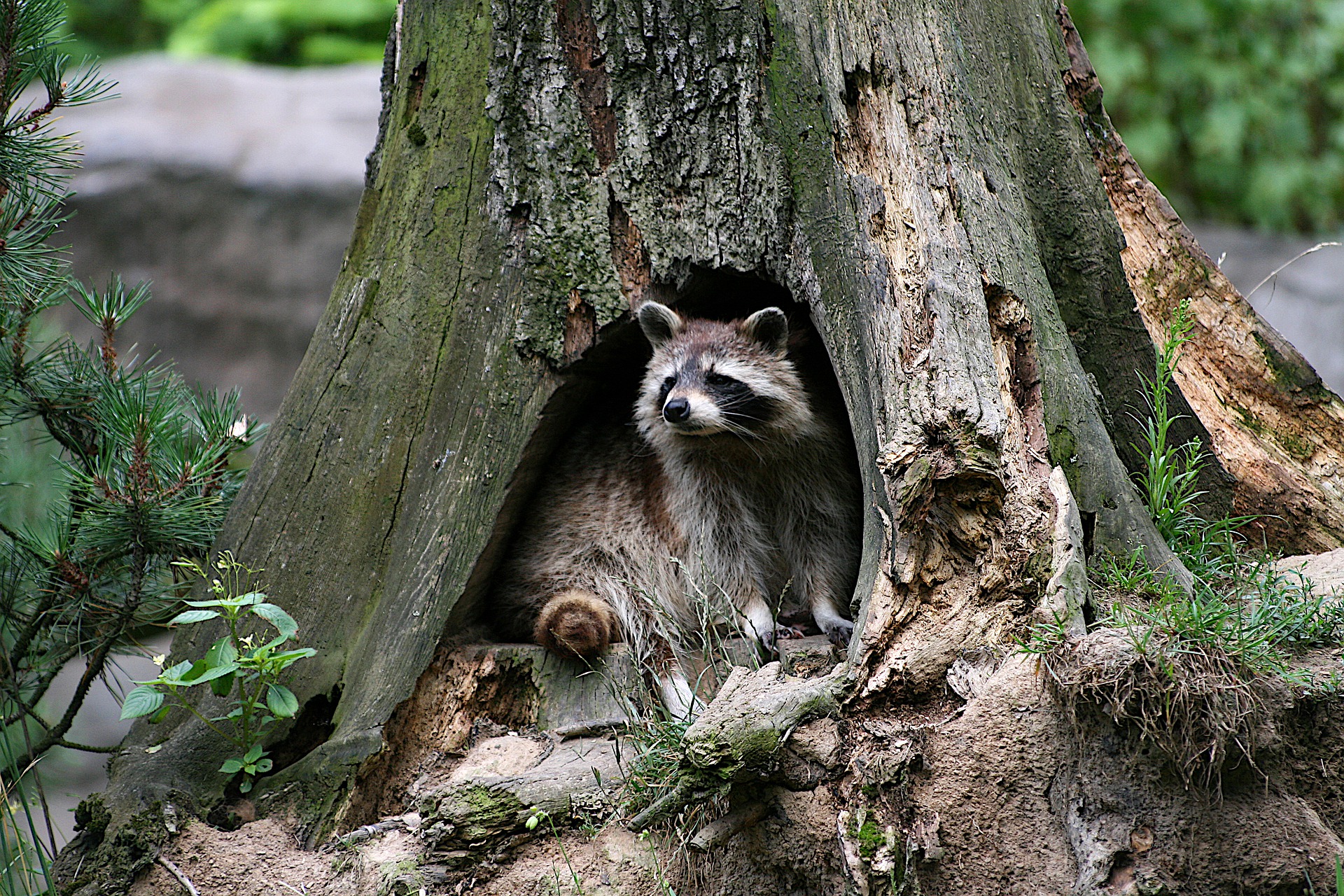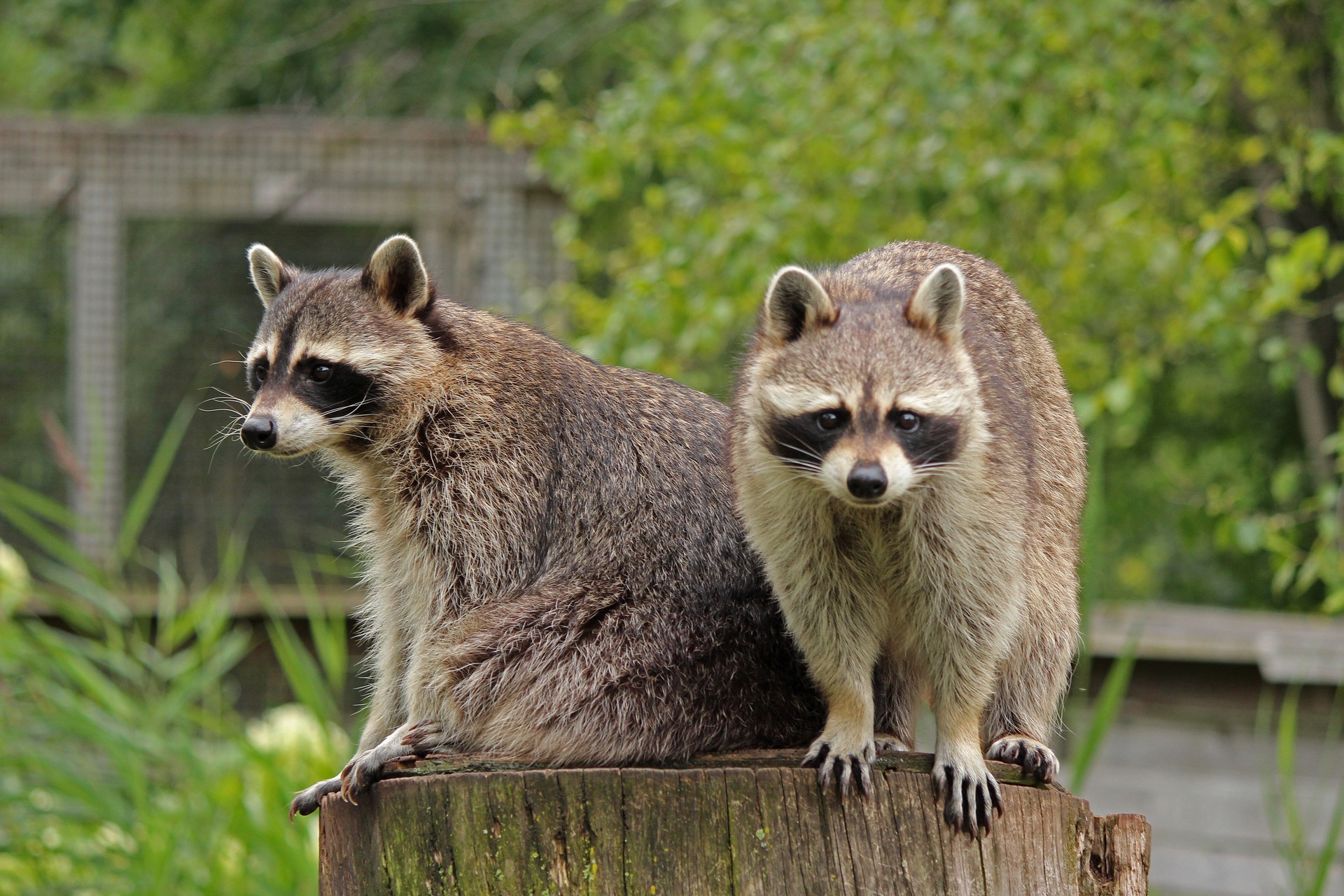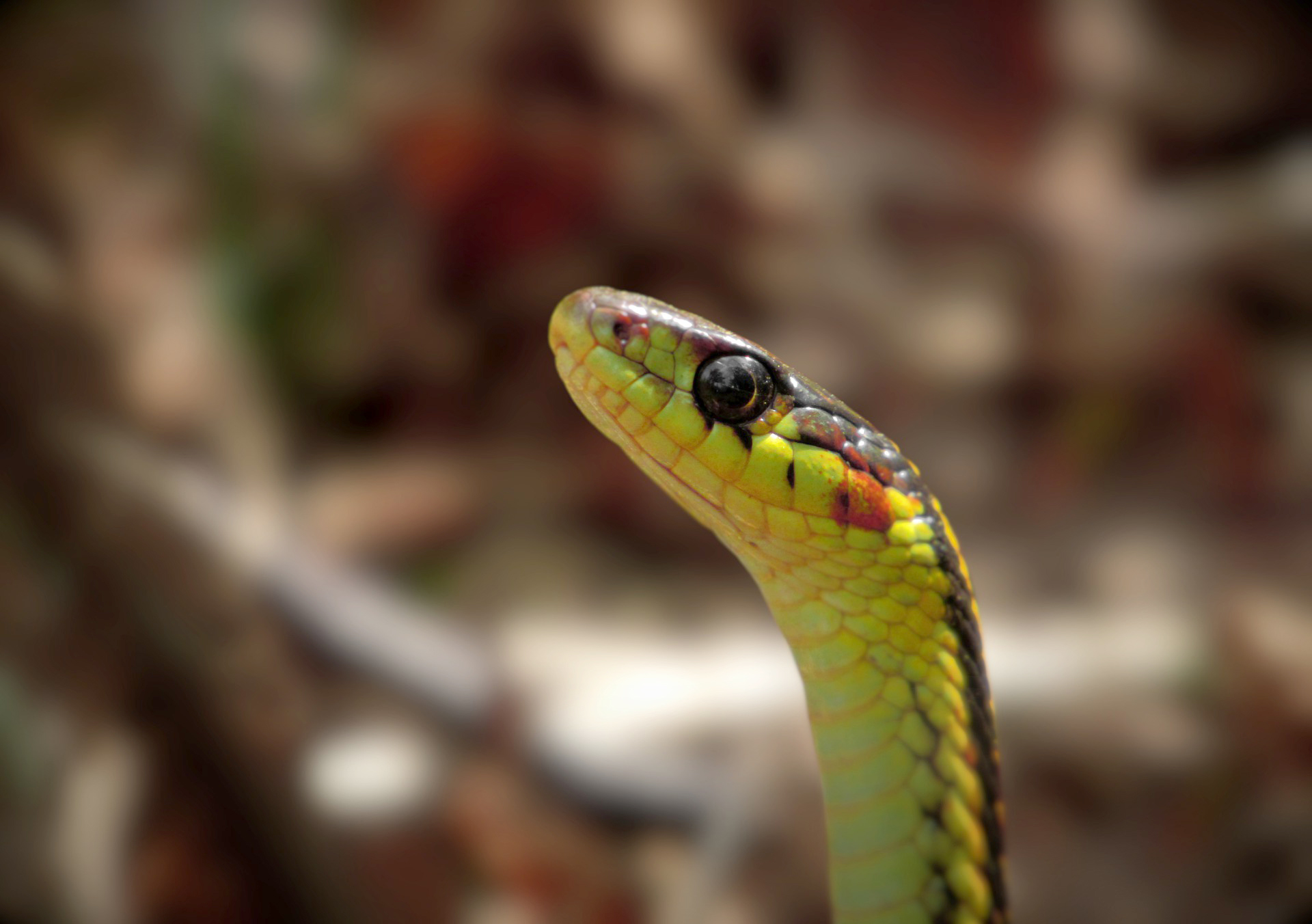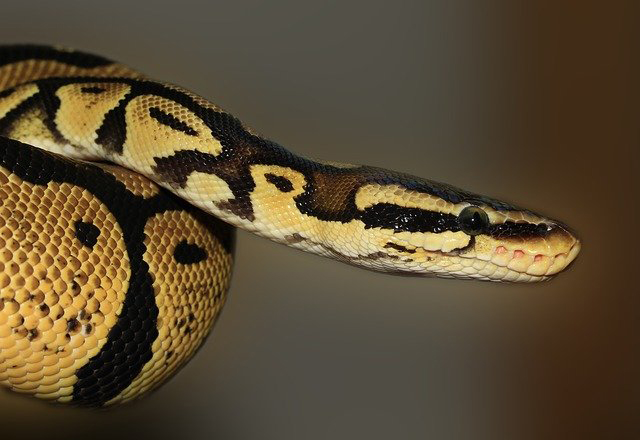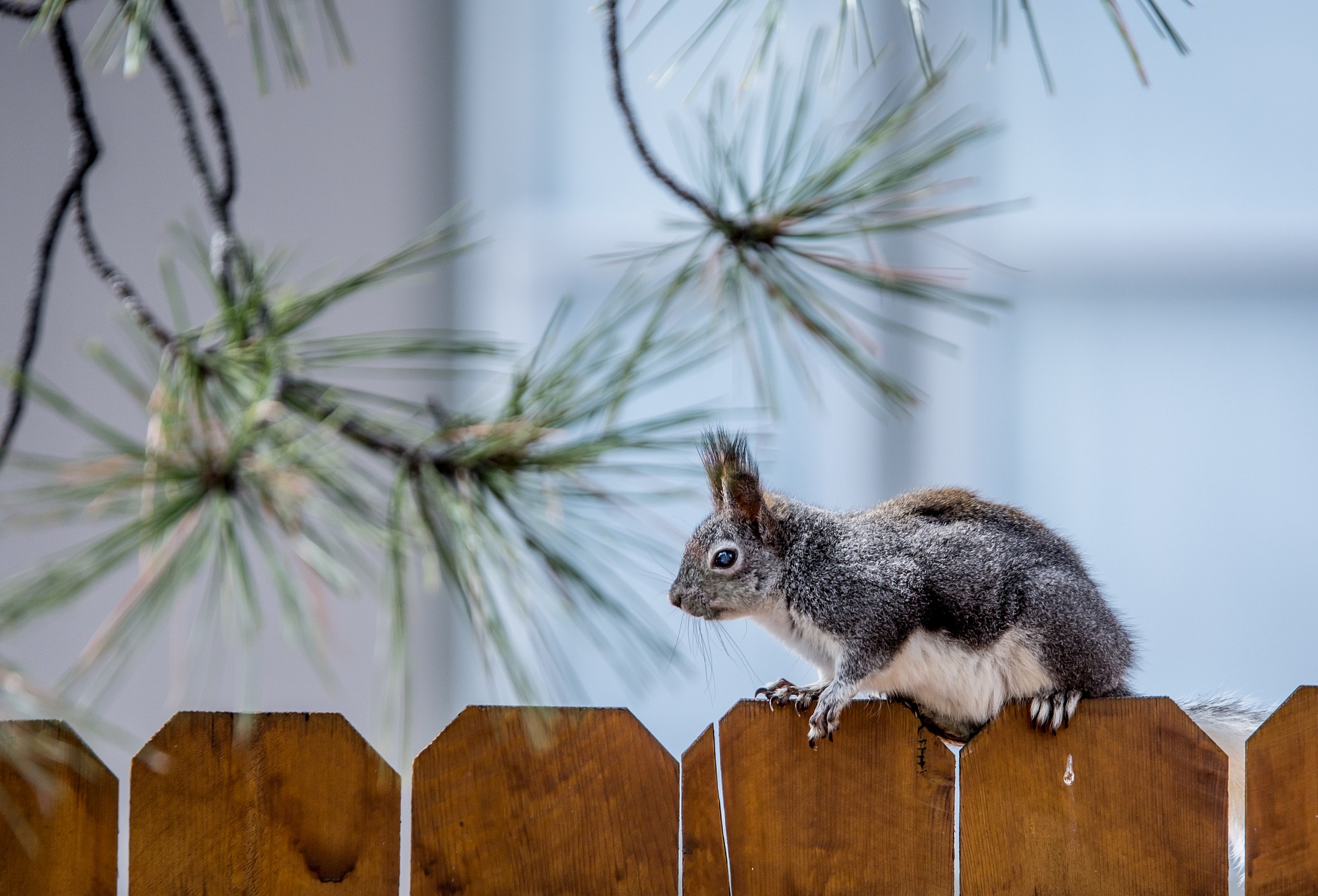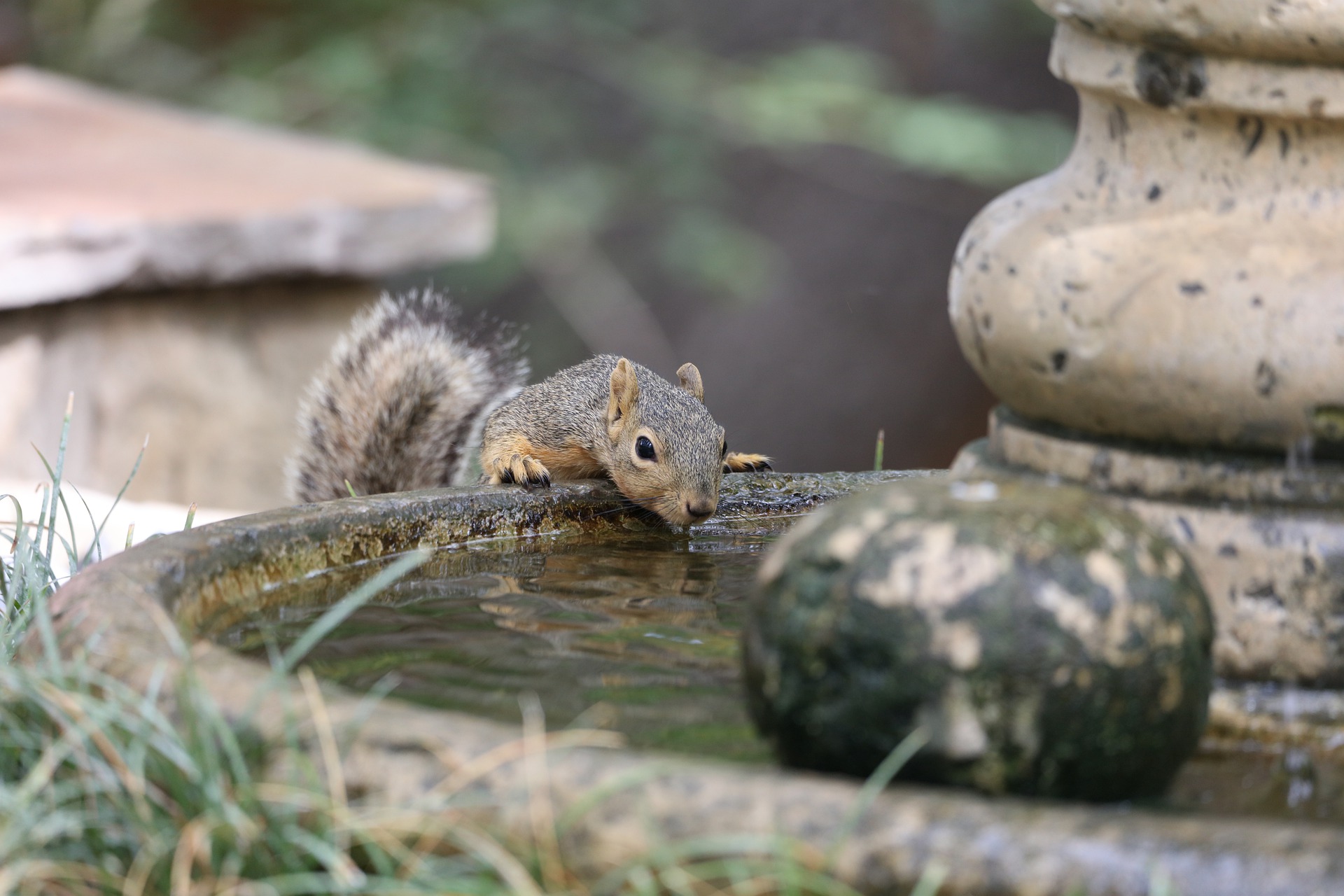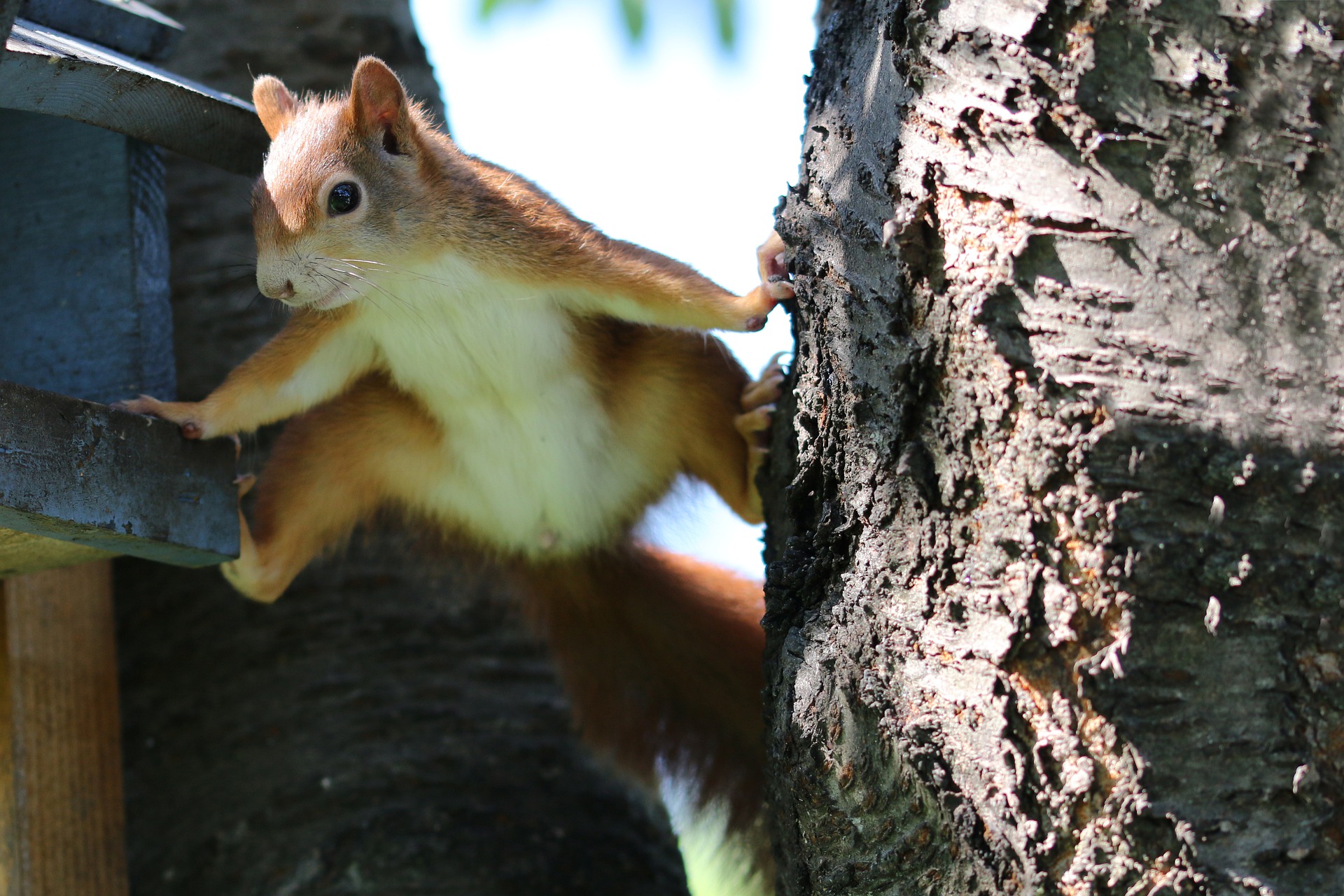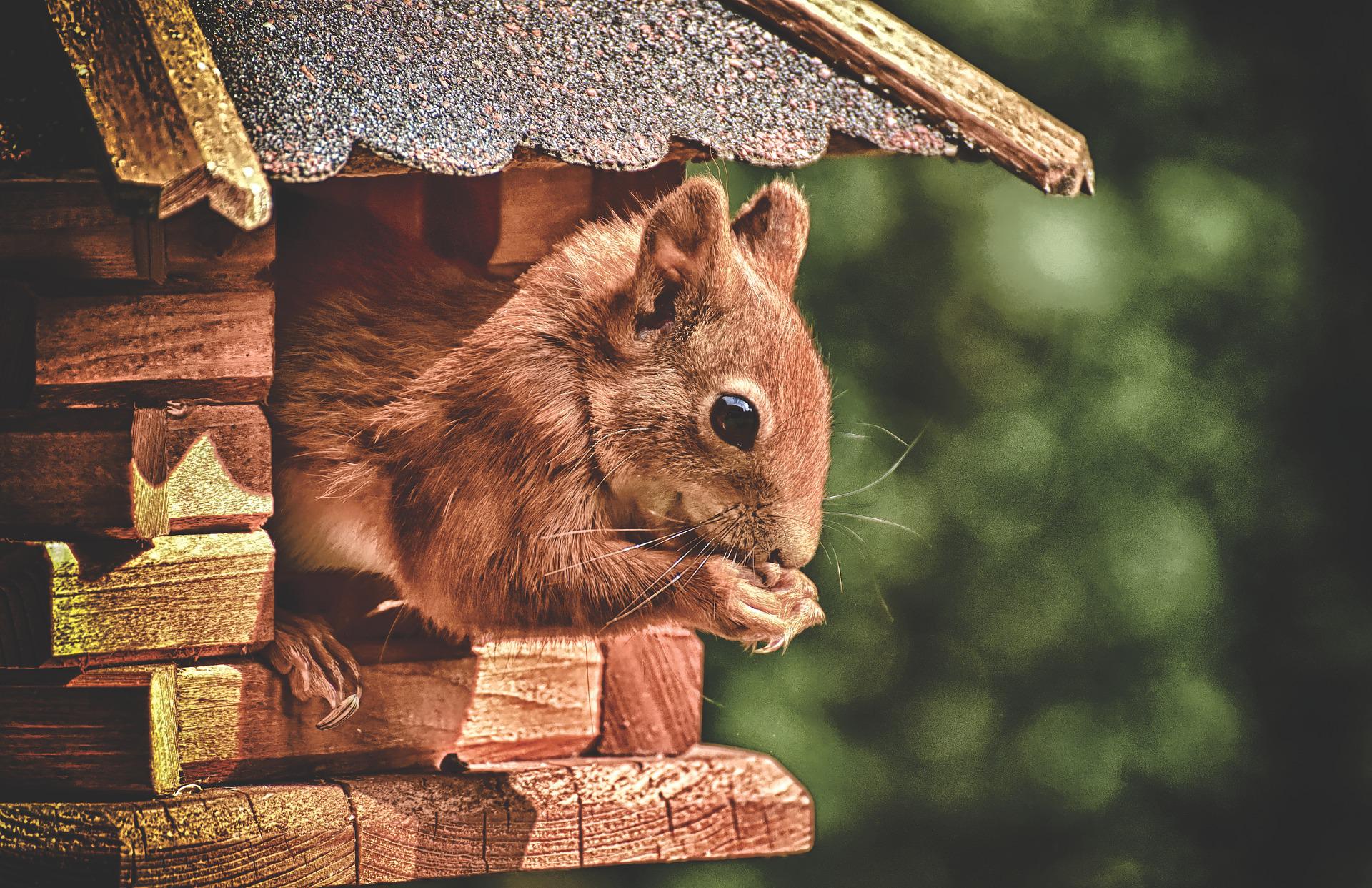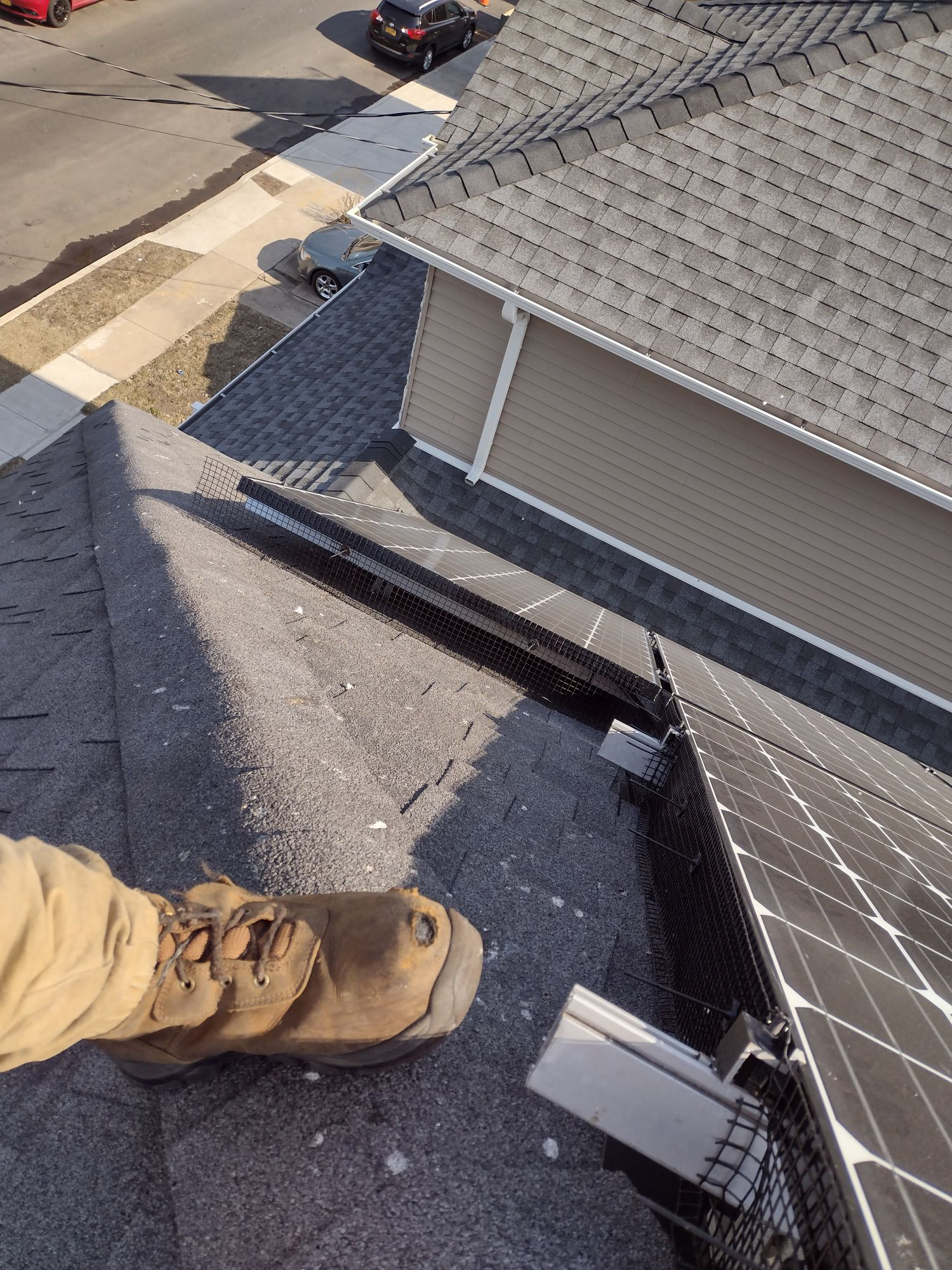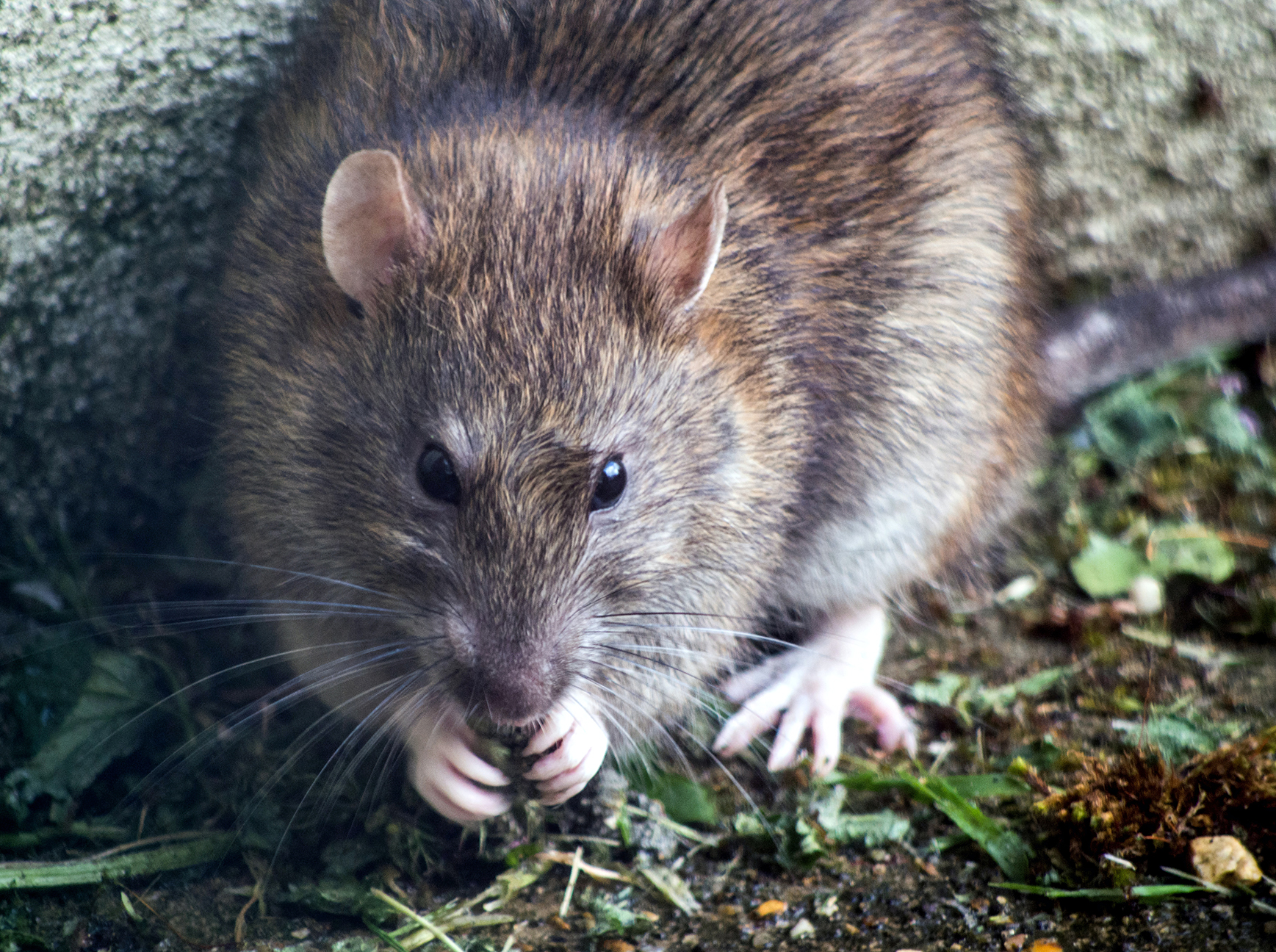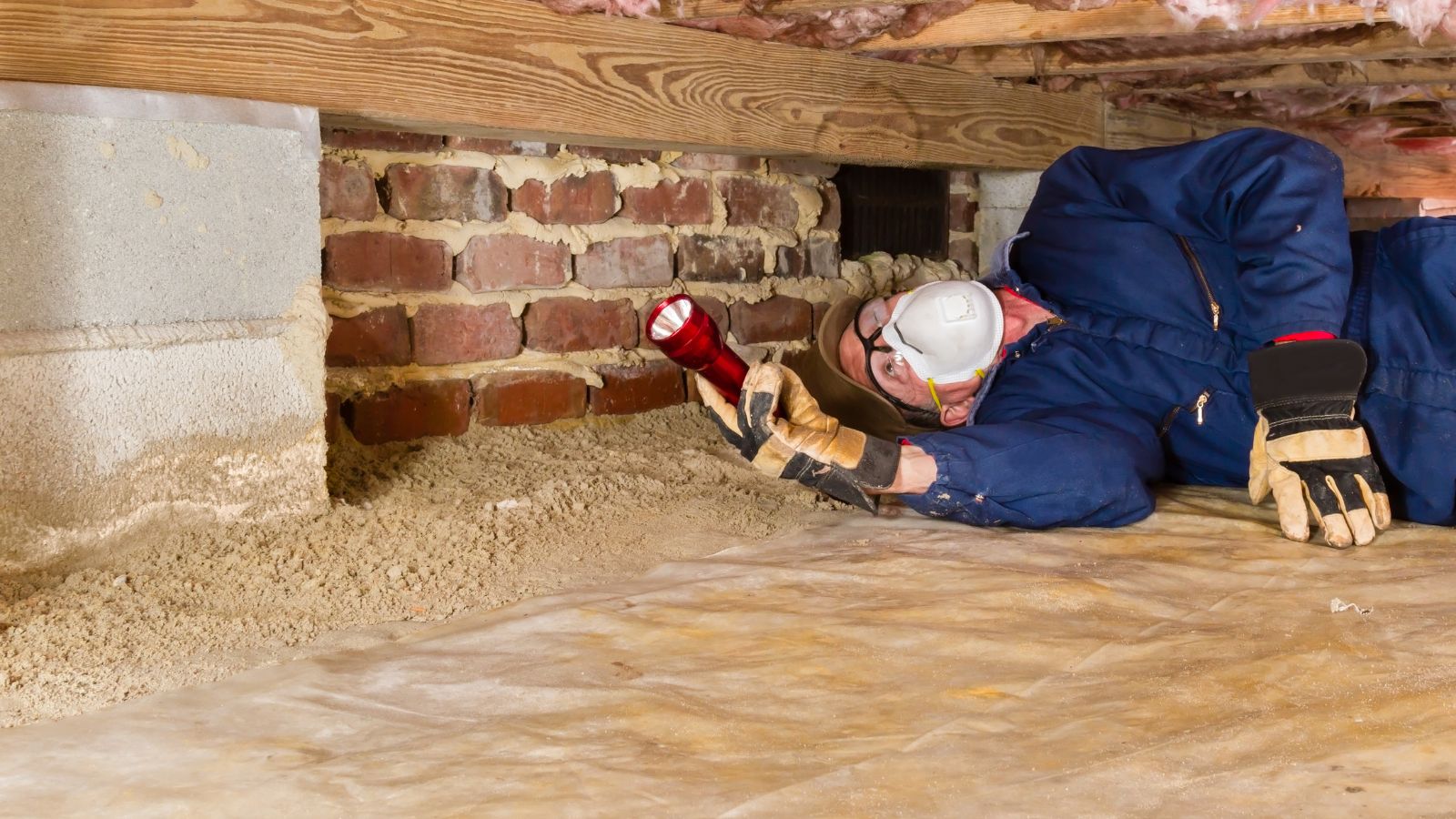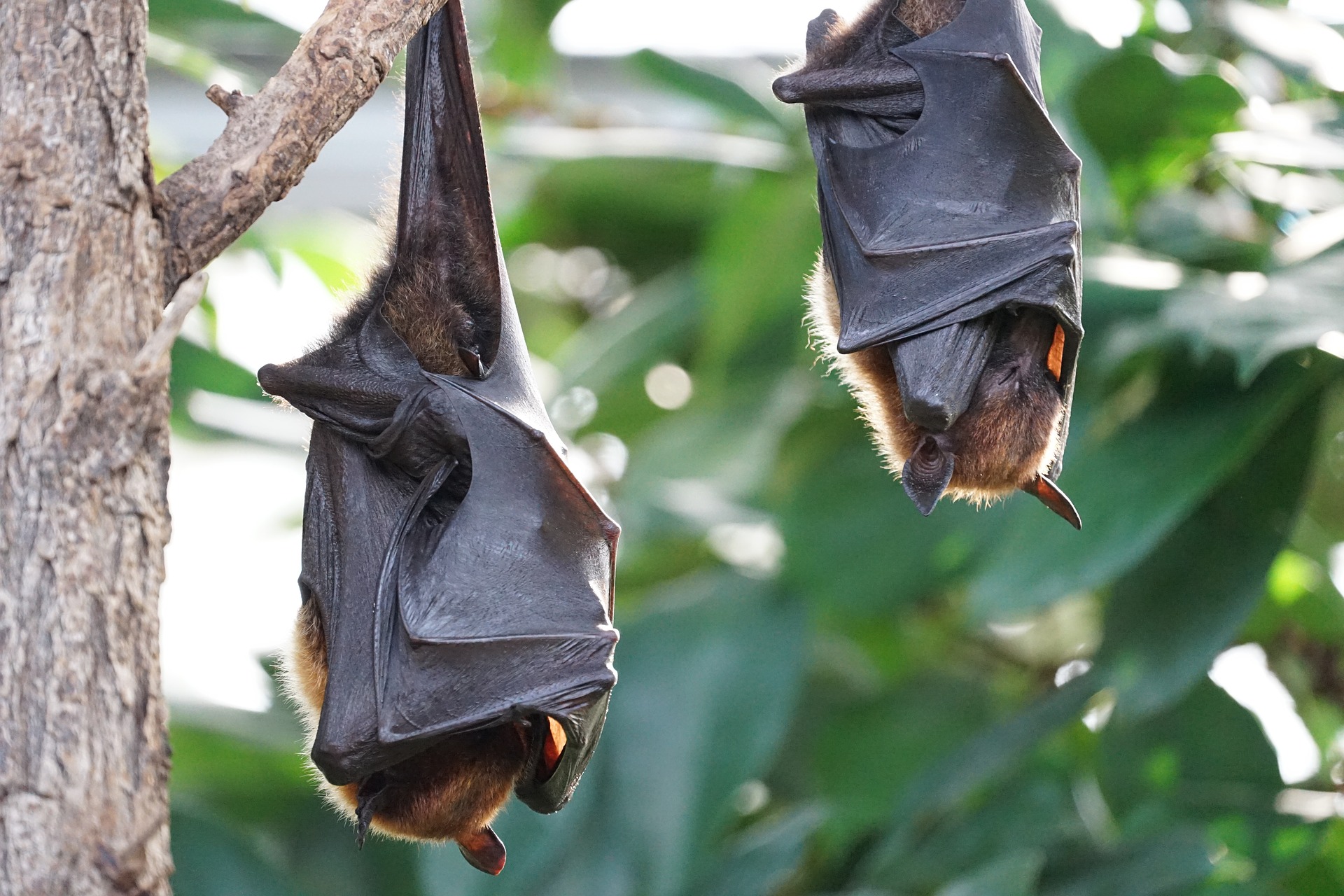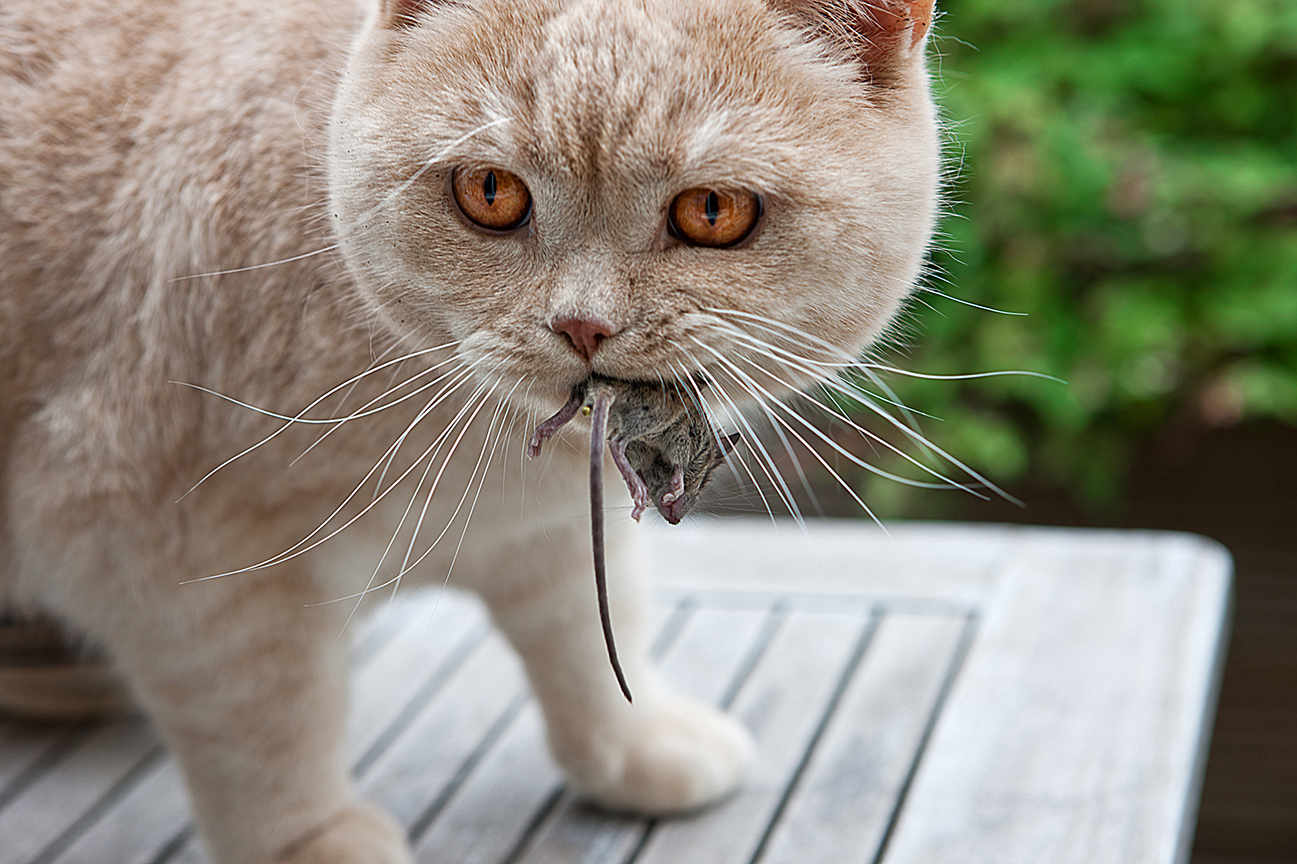Beyond the Trap: Understanding Humane Animal Control Methods
The Need for Humane Animal Control: Moving Beyond the Trap
Animal control is a necessary aspect of maintaining public safety and protecting both humans and animals. However, traditional animal control methods often rely heavily on trapping, which can be inhumane and ineffective. It is crucial to move beyond these outdated practices and embrace more compassionate and effective alternatives.
One of the main reasons for the need to shift towards humane animal control methods is the ethical aspect. Animals, whether they are domestic or wild, deserve to be treated with respect and compassion. Trapping animals can cause immense suffering, leading to injuries, stress, and even death. It is our responsibility as a society to find ways to control animal populations without causing unnecessary harm.
Furthermore, traditional animal control methods often fail to address the root causes of conflicts between humans and animals. Simply trapping and removing animals from an area does not solve the underlying issues that led to the problem in the first place. This approach is akin to putting a band-aid on a wound without treating the infection. To truly address animal control concerns, we must look beyond trapping and focus on long-term solutions.
Additionally, the effectiveness of trapping as a control method is questionable. Trapped animals can often find their way back to the same area or be replaced by others, leading to a never-ending cycle. This not only wastes resources but also perpetuates the problem rather than solving it. It is time to explore alternative approaches that are both more humane and more effective.
Unveiling the Dark Side of Traditional Animal Control Methods
Traditional animal control methods, such as trapping, have long been the go-to solution for dealing with conflicts between humans and animals. However, these methods have a dark side that is often overlooked. Trapping can cause immense suffering and distress to animals, leading to injuries, starvation, and even death.
One of the main issues with trapping is that it does not discriminate between target and non-target animals. Many innocent animals, including pets and endangered species, often fall victim to traps set for specific targets. This collateral damage is not only ethically unacceptable but also undermines the effectiveness of trapping as a control method.
Furthermore, trapped animals often experience extreme stress and fear. They may injure themselves in their desperate attempts to escape, leading to broken bones, lacerations, and other injuries. Trapped animals can also suffer from dehydration, starvation, and exposure to harsh weather conditions. These inhumane consequences of trapping highlight the urgent need for alternative methods.
Moreover, trapping can disrupt animal social structures and family units. Many animals, such as raccoons and coyotes, live in close-knit family groups. When a trap captures one individual, it can leave behind a dependent young or a mate who may struggle to survive without their family support. This disruption can have long-lasting negative impacts on animal populations and ecosystems.
Embracing Compassion: Exploring Humane Alternatives to Trapping
Thankfully, there are numerous humane alternatives to trapping that can effectively address animal control concerns while minimizing harm to animals. One such approach is the use of exclusion techniques, which involve modifying the environment to prevent animals from accessing certain areas.
For example, installing fences or barriers can keep animals out of gardens or other sensitive areas without causing them harm. Similarly, using motion-activated deterrents, such as sprinklers or noise devices, can effectively deter animals from unwanted areas. These methods not only protect property but also allow animals to remain in their natural habitats, reducing stress and promoting coexistence.
Another humane alternative is the implementation of non-lethal repellents or deterrents. These substances or devices are designed to discourage animals from entering specific areas without causing them harm. For instance, using scent-based repellents or visual deterrents, such as scarecrows or reflective tape, can effectively deter animals without resorting to trapping or killing.
Additionally, education and community outreach play a crucial role in promoting humane animal control. By raising awareness about coexistence strategies and providing resources for resolving conflicts, communities can empower individuals to address animal control concerns in a compassionate and effective manner. This approach fosters a sense of responsibility and empathy towards animals, leading to long-term solutions.
Beyond the Trap: Understanding and Implementing Effective Humane Animal Control Methods
To truly move beyond the trap and implement effective humane animal control methods, it is essential to understand the specific needs and behaviors of the target species. Each animal requires a tailored approach that takes into account their natural instincts and habitat preferences.
For example, understanding the behavior of raccoons can help develop strategies that deter them from entering residential areas. Raccoons are highly adaptable and intelligent creatures, so simply trapping them may not be sufficient. Instead, implementing measures such as securing trash cans, removing food sources, and sealing entry points can effectively discourage raccoons from becoming a nuisance.
Furthermore, collaboration between animal control agencies, wildlife experts, and community members is crucial for the successful implementation of humane animal control methods. By working together, these stakeholders can share knowledge, resources, and best practices to develop comprehensive and sustainable solutions.
It is also important to invest in research and innovation to continuously improve humane animal control methods. By supporting scientific studies and technological advancements, we can develop new tools and techniques that are even more effective and compassionate.
In conclusion, the need for humane animal control methods is evident. Traditional trapping methods are inhumane, ineffective, and fail to address the root causes of conflicts between humans and animals. By embracing compassion and exploring alternatives such as exclusion techniques, non-lethal deterrents, and community education, we can move beyond the trap and achieve a more harmonious coexistence with our animal neighbors.
Animal Removal Specialists in NYC and NJ
If you have live or even dead animals in or around your home or business that you need removed then we can help! We are Animal Control Wildlife Trapping Services- Rodent and Wildlife Removal in NYC and NJ, we specialize in the trapping and removal of all types of wild animals that may have invaded your territory. We offer 24 hour a day service to NYC, Brooklyn, Staten Island, Bronx, Queens, Long Island City & New Jersey and are just a call away at 646-741-4333!
Our Animal Control Team
The team at Animal Control NYC / NJ is experienced in trapping and removing wild animals and can help you get rid of any wildlife that may be a nuisance to you in your home, office or commercial property. In additional to removing any current animals that may have invaded your home, the Animal Control NYC / NJ experts will be able to provide you with repair and prevention options to keep your home critter free all year around.
Animal Control NYC Can Help You With:
Animal Control NYC / NJ can help you with trapping and removing wild animals from your property!
Animal Control NYC / NJ offers Humane Animal Control as well as removal of any animals that may have died on your property. Because of the risks of disease, never handle a dead animal on your own, always call a trained professional, it is not worth the risk.
Animal Control NYC & NJ Google Reviews
Now getting ready for the cleanup/repair part of this job. Stay tuned for another review on how Frank and his team will take care of the cleanup/repair!
I would highly recommend Frank for an amazing job he did. I was finally able to sleep in peace. He truly is my hero.
Don Phillips



24 hour service, 7 days a week
With just one call we can give you a quote and book your animal removal appointment today!

24 Hour Animal Control in NYC, Brooklyn, Bronx, Queens, Long Island City & New Jersey, call 646-741-4333 today!
Humane Animal Control · Squirrel Removal · Raccoon Removal · Bird Removal · Dead Wildlife · Mice and Rat Control
From trapping to prevention options, the Animal Control NYC experts can help you keep your home critter free!
We use high quality traps and equipment to make sure the job is done right the first time. You can count on US 24 hours a day, 365 day a year.
Now serving both NYC and Central NJ including Freehold, Farmington, Wall Township, or Marlboro Township as well as Shore Towns including but not limited to: Belmar, Deal, Long Branch, Sea Bright, Ocean Grove and Spring Lake
Get a Free Quote Today
Need emergency animal control? We can come to your home or office 24 hours a day to remove any critters that may be invading you.
Just give us a call or fill out this form and we will contact you shortly to discuss your animal control needs.
Animal Control NYC
431 E 102nd New York, NY 10029
info@animalcontrol.nyc
Direct: (646) 741-4333
Fax: (646) 661-2531
Animal Control NJ
62 E Main St Freehold, NJ 07728
info@animalcontrol.nyc
Direct: (732) 387-4135
Fax: (646) 661-2531
Our experienced technicians will do a through inspection of your home or office and after the animal removal will usually offer ways to prevent future invasions.



